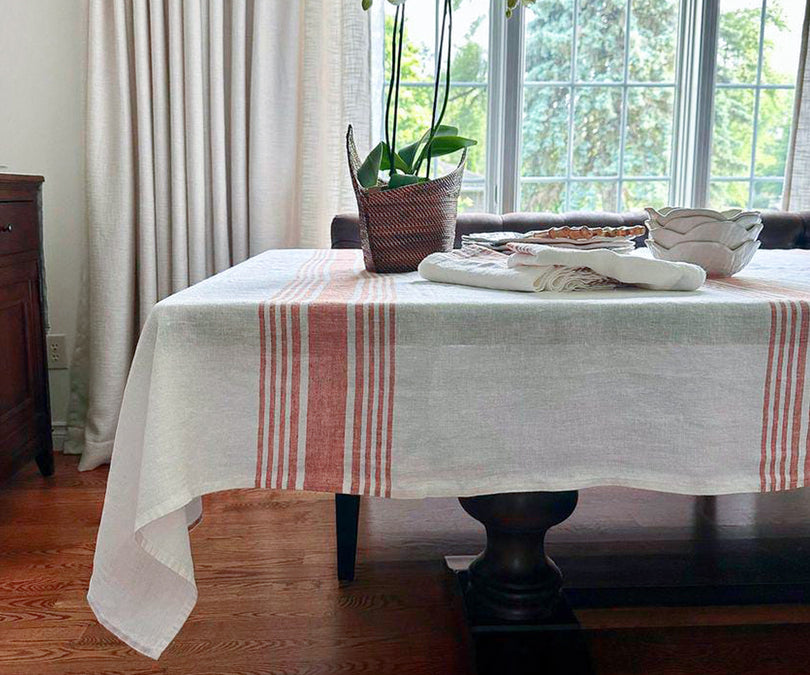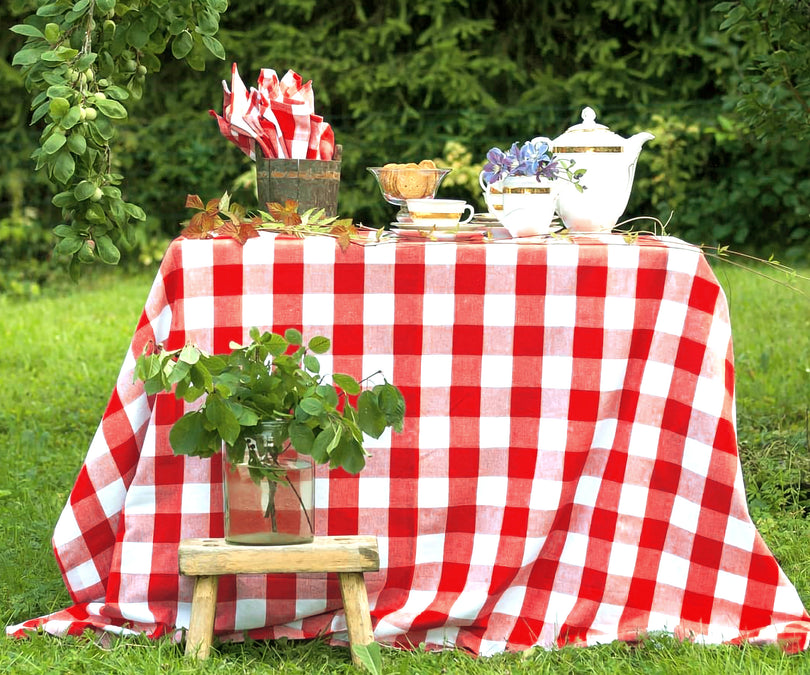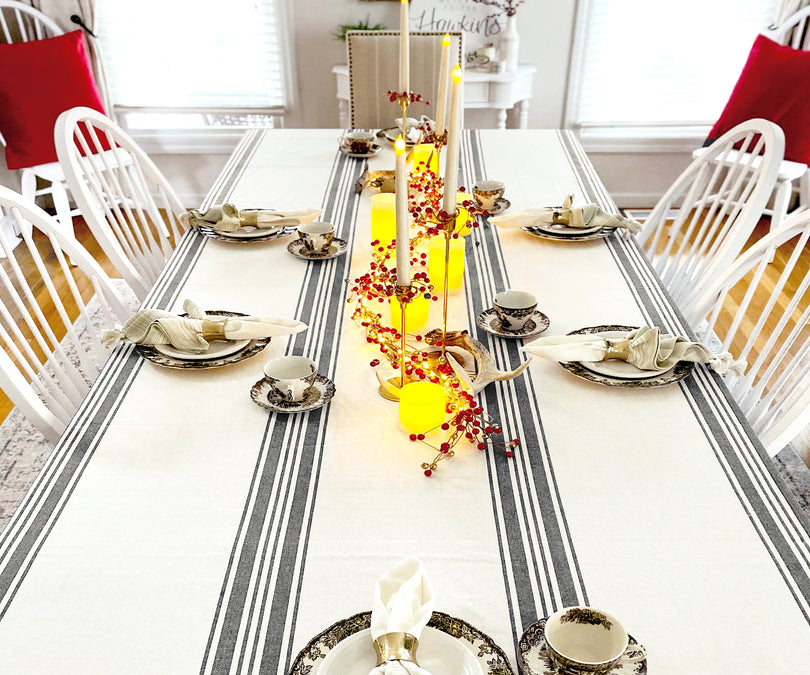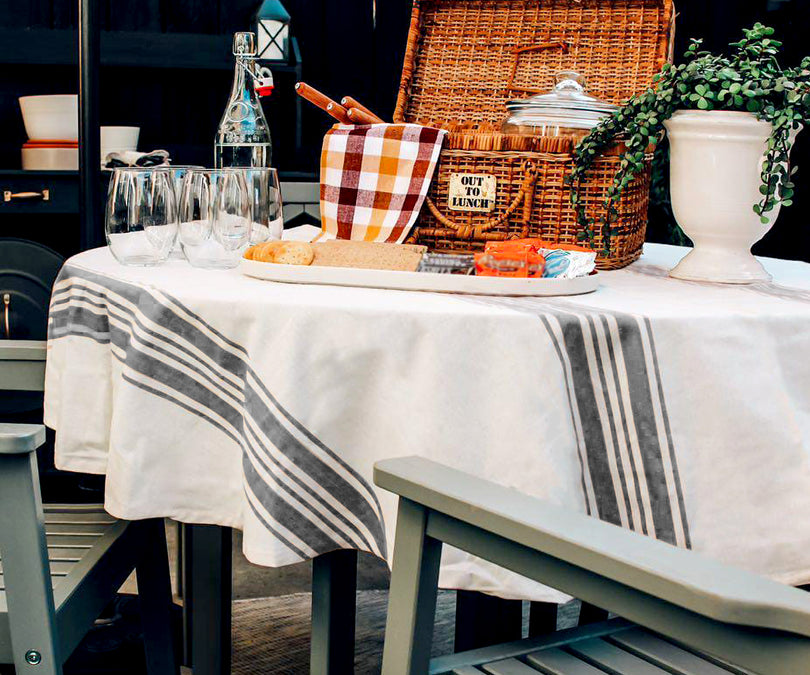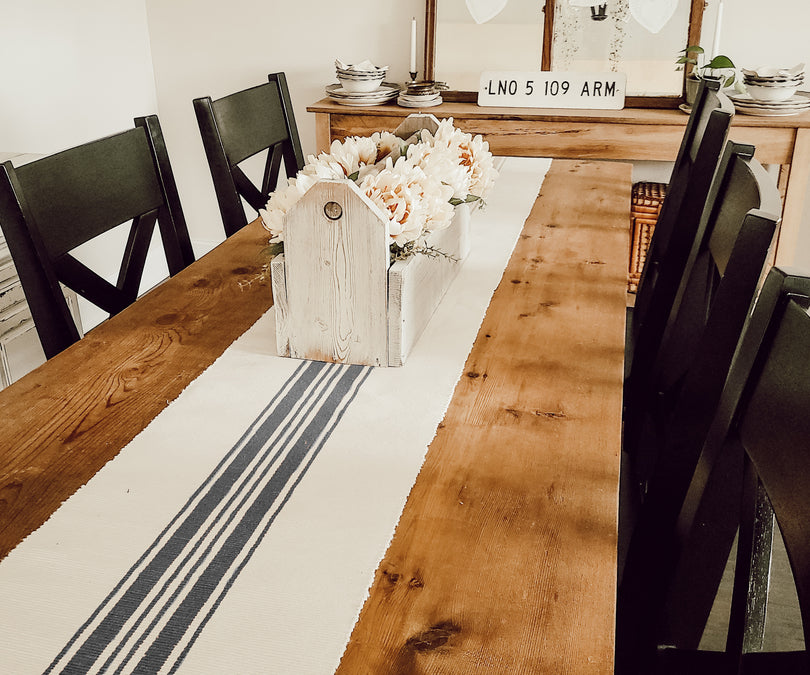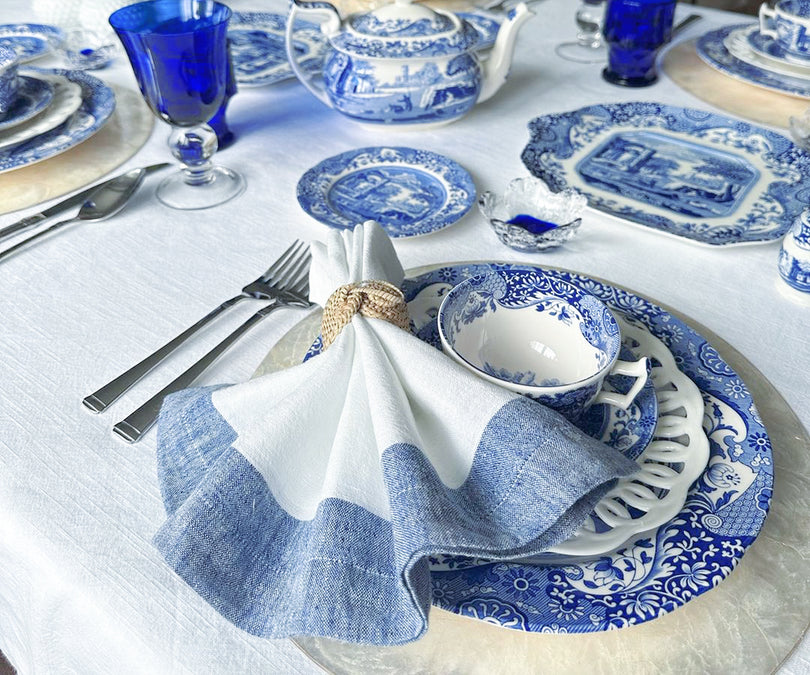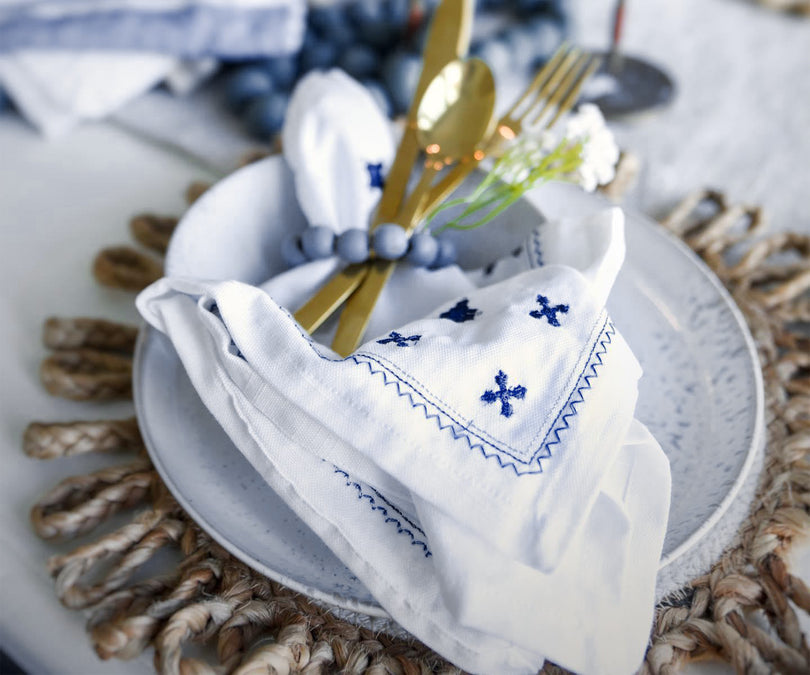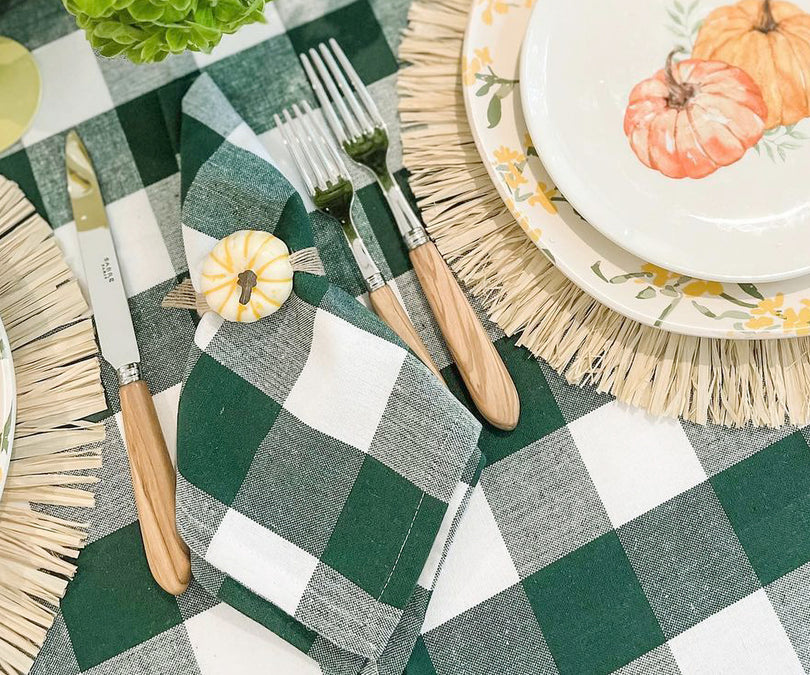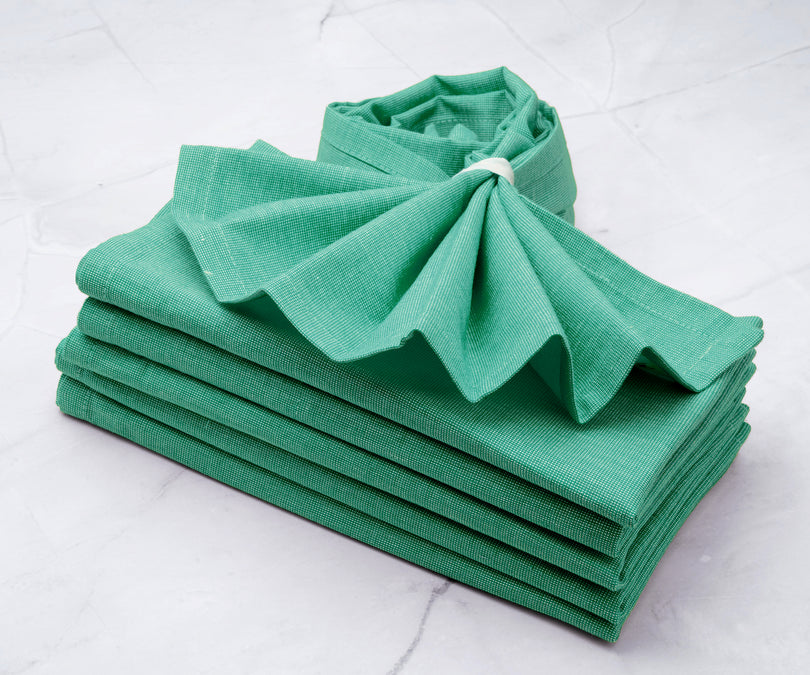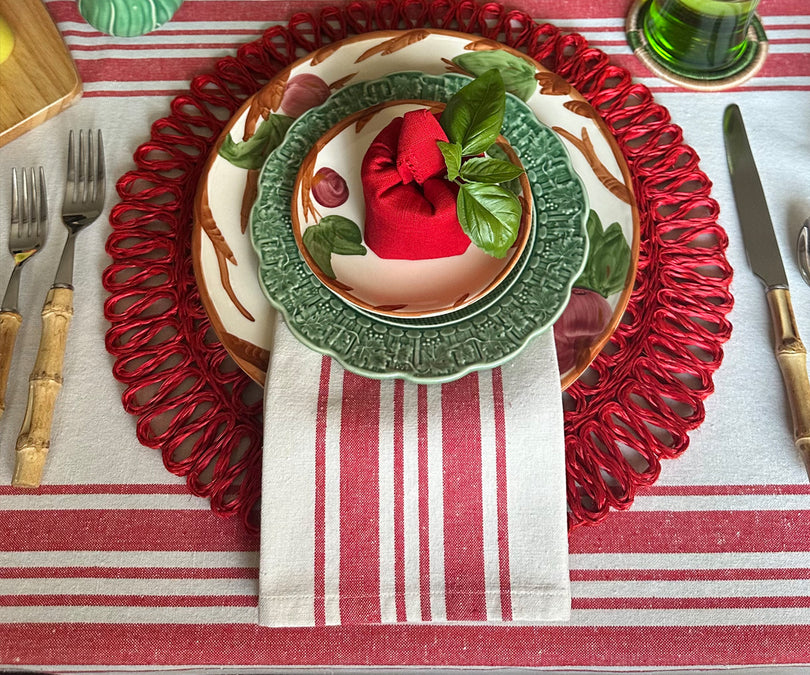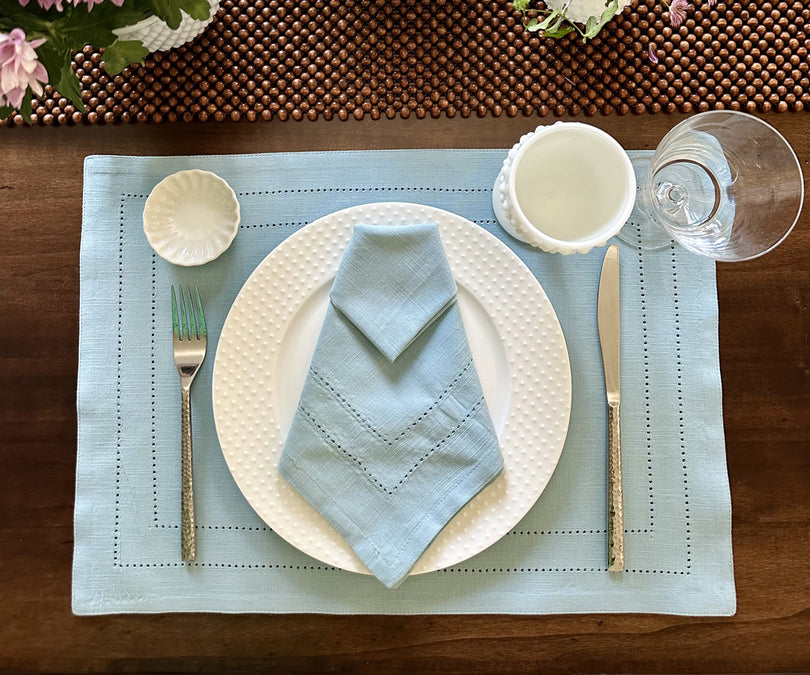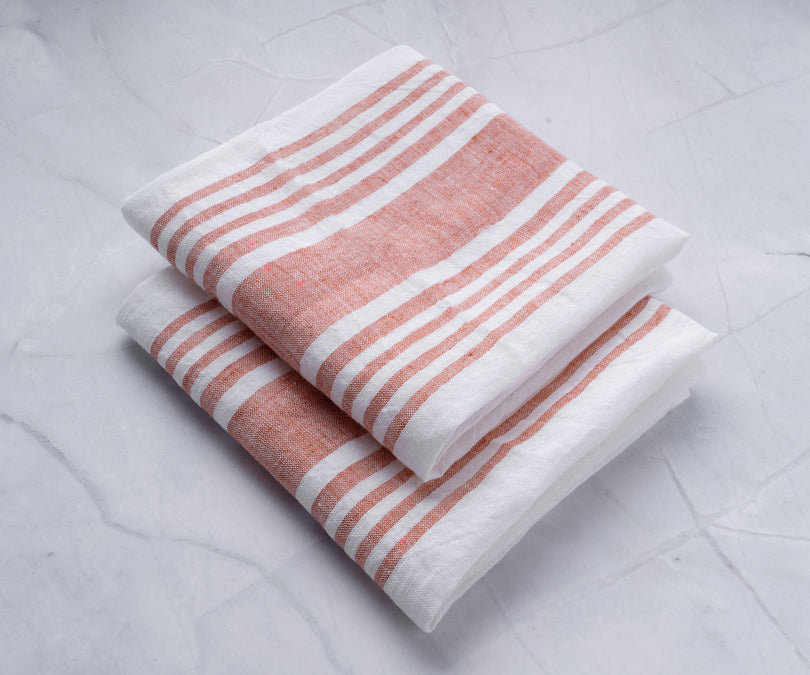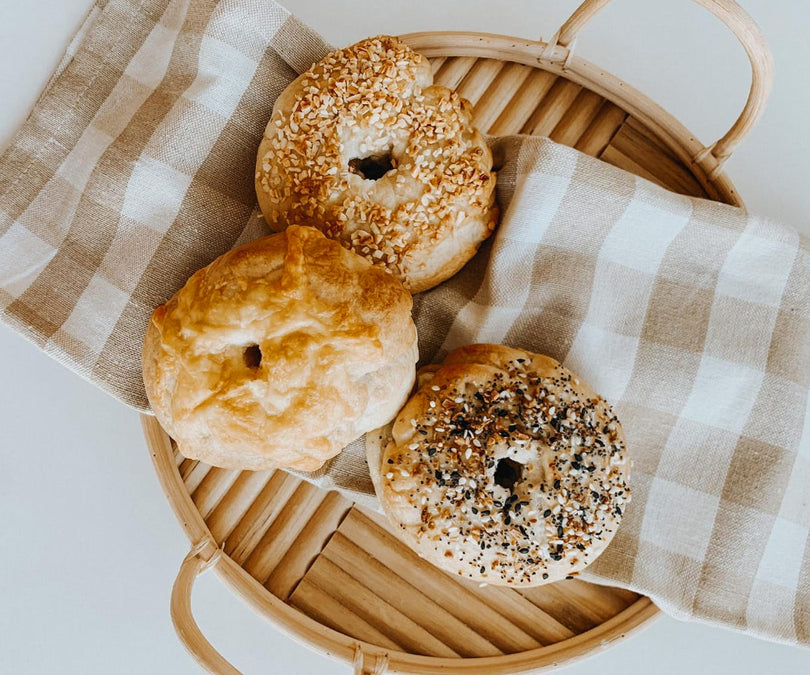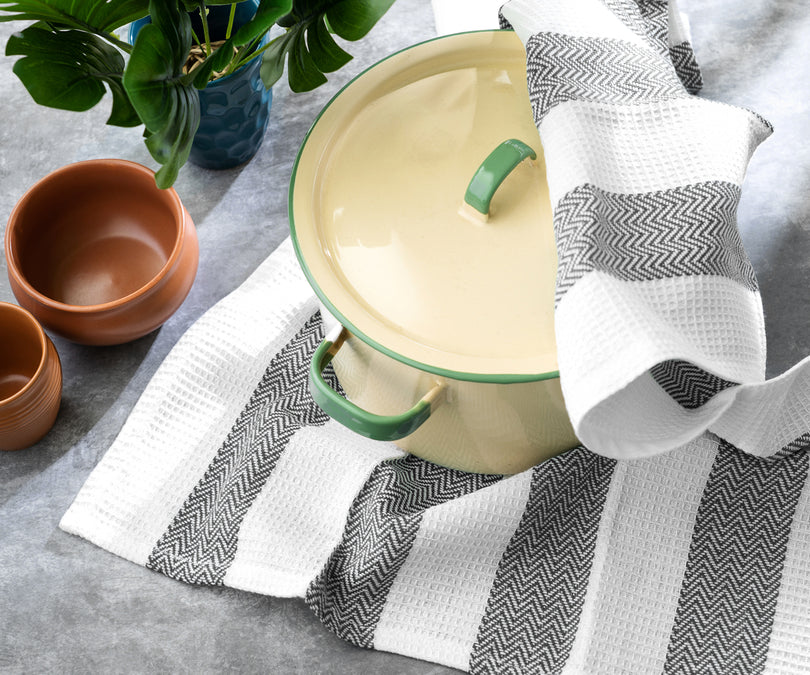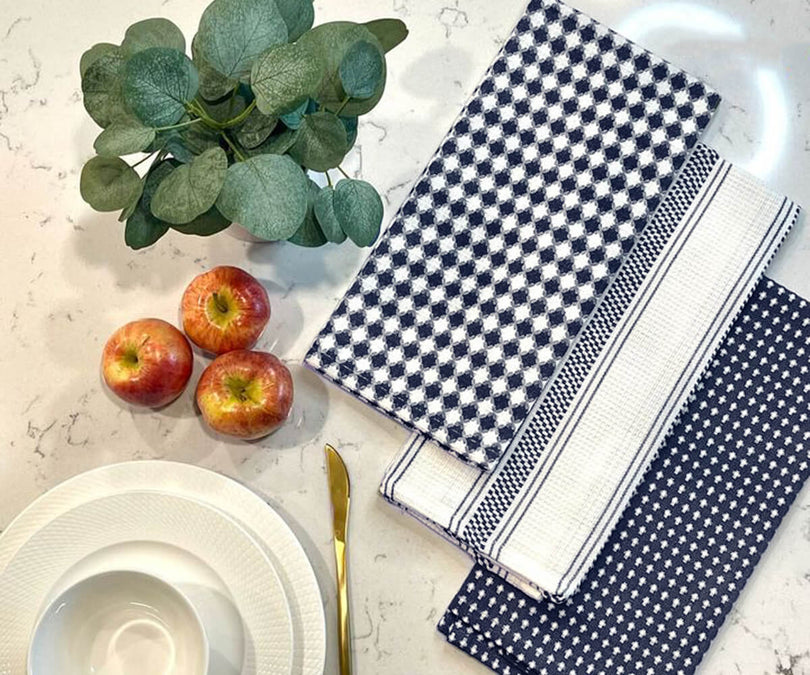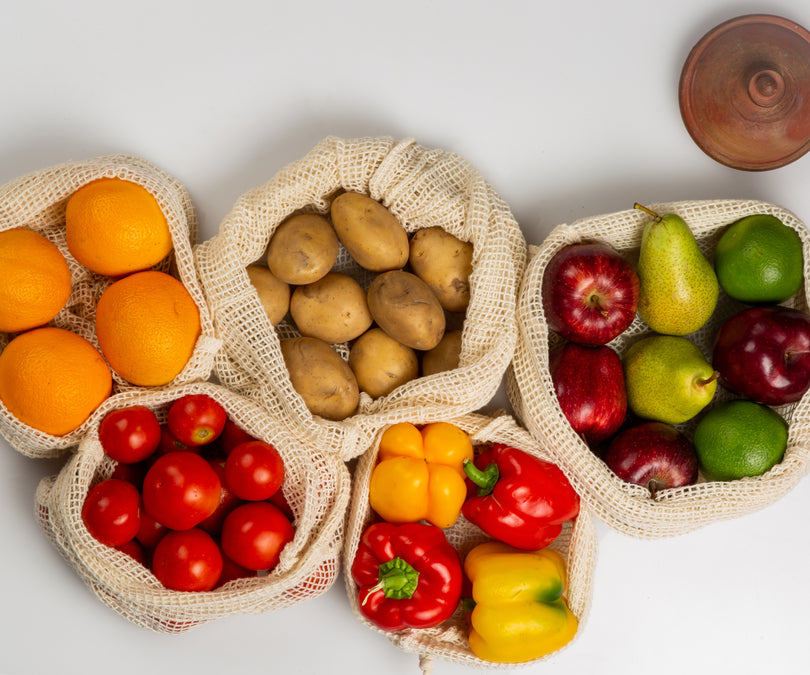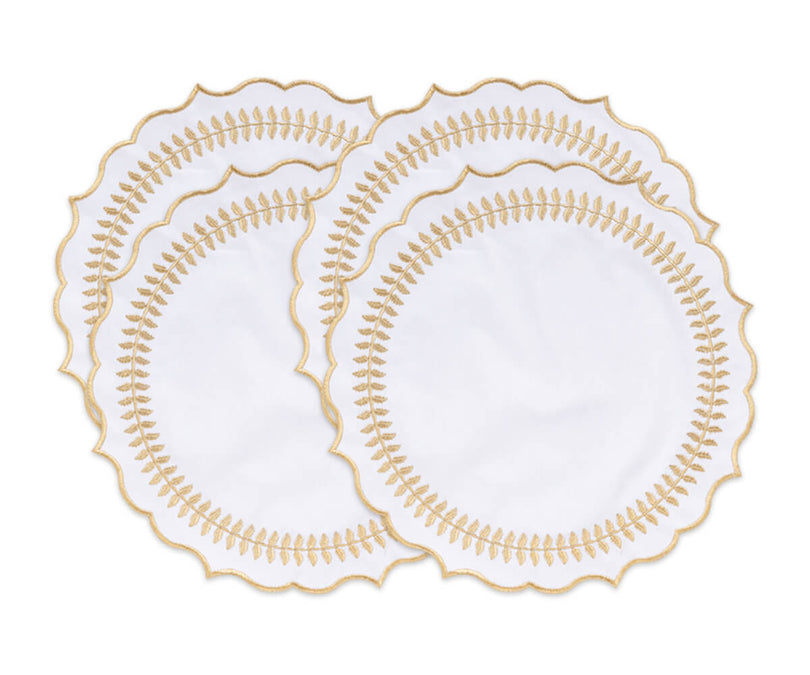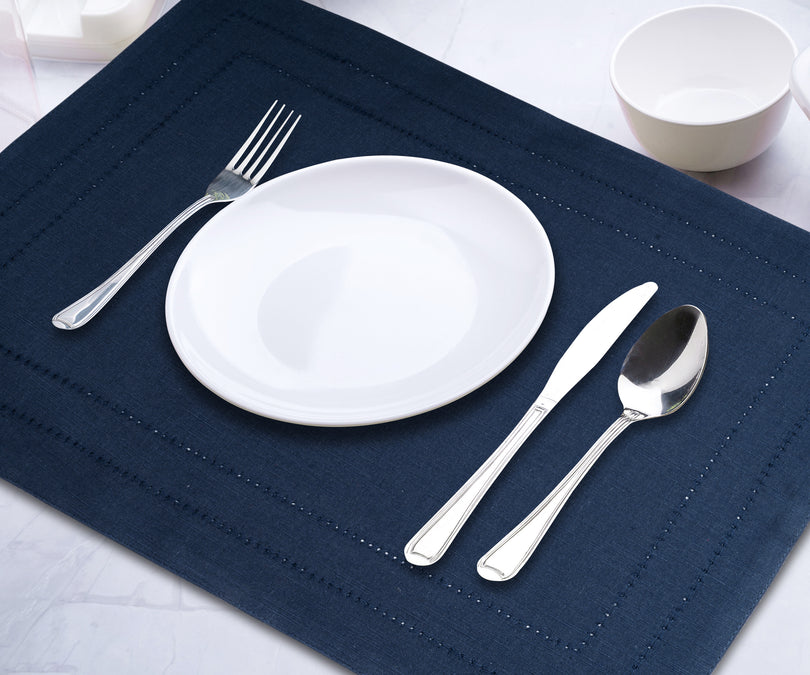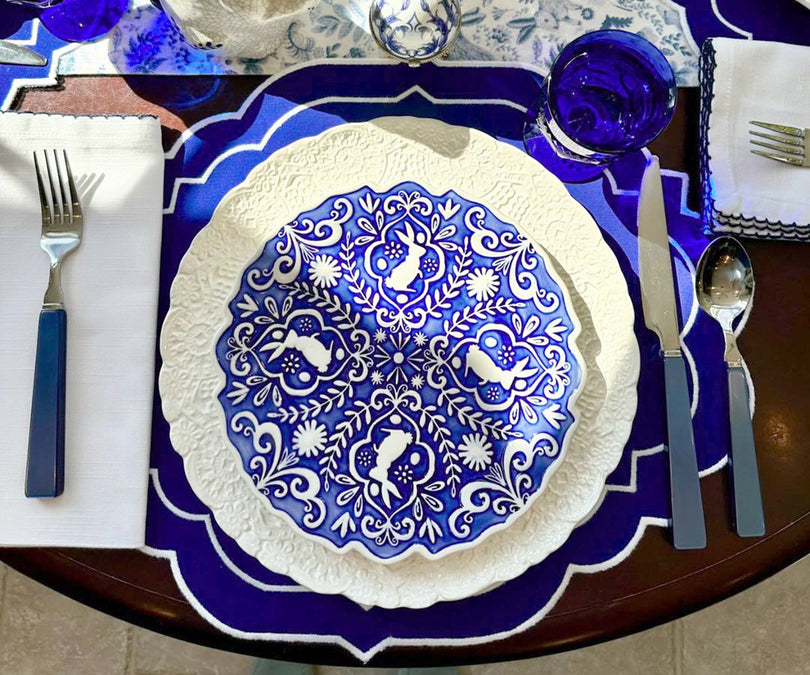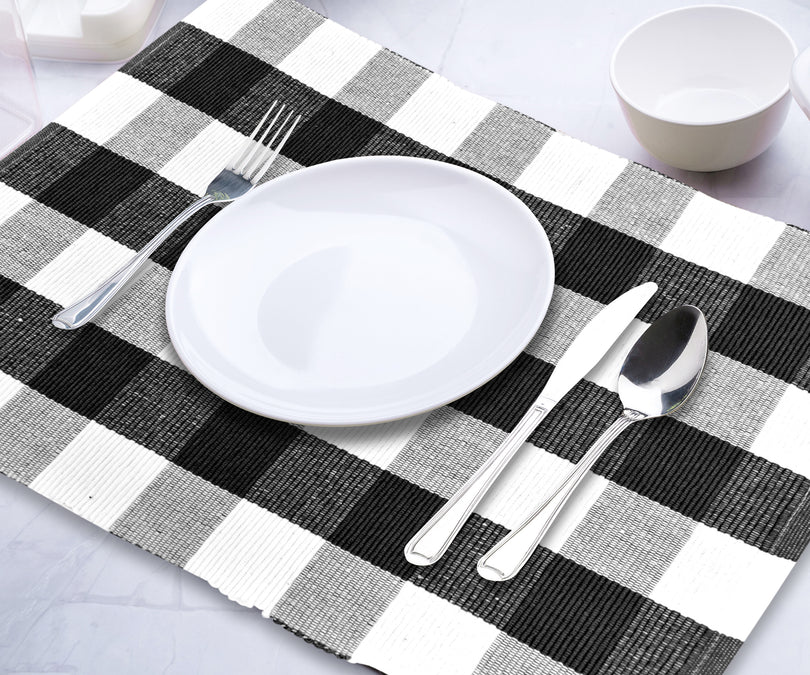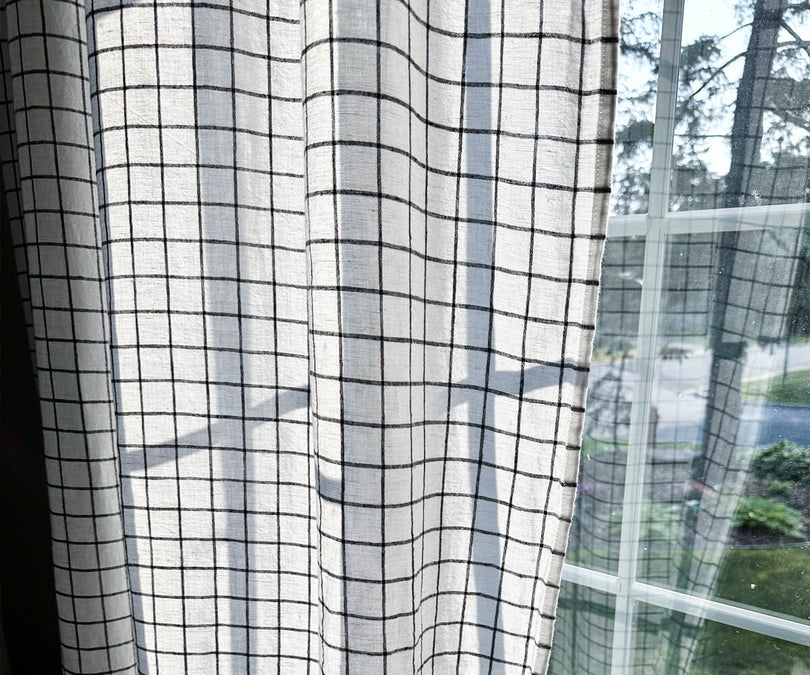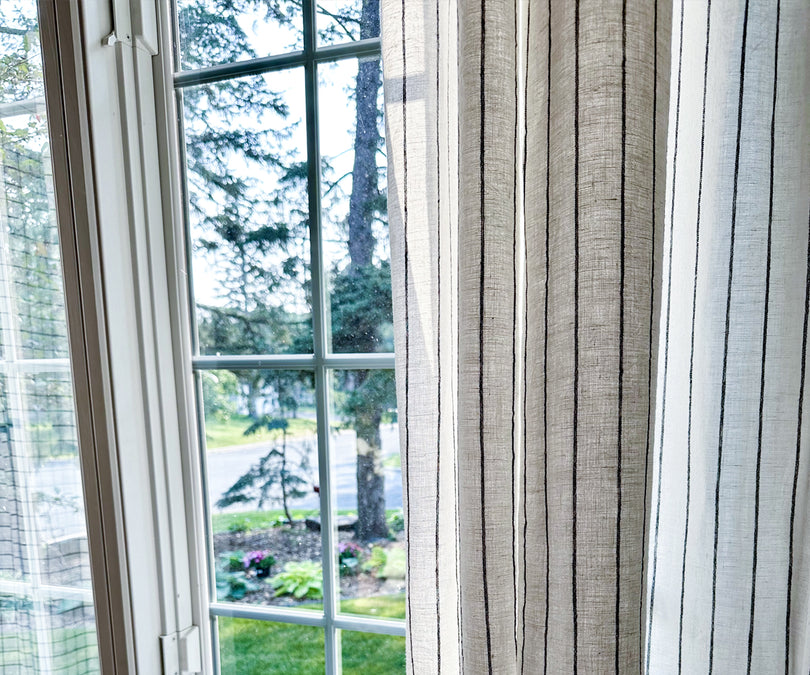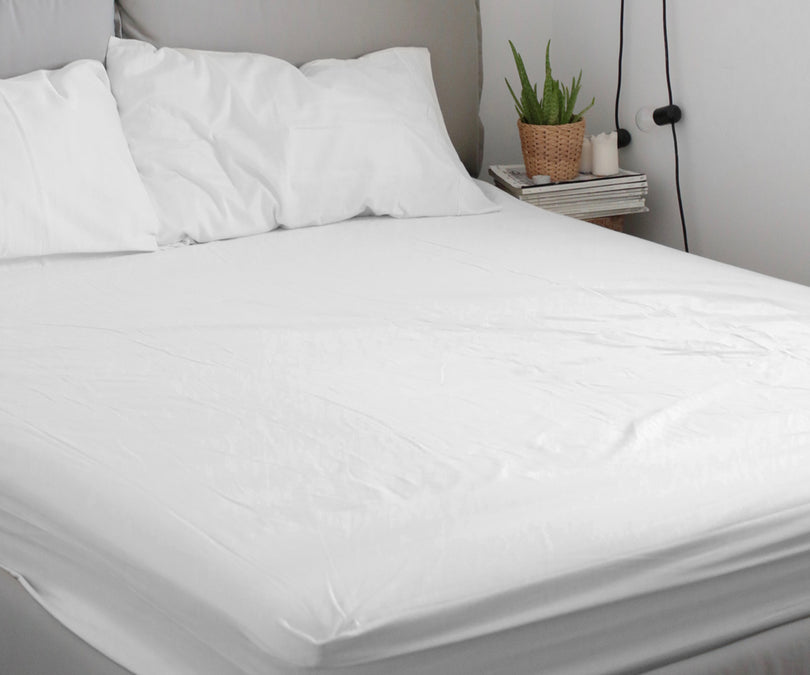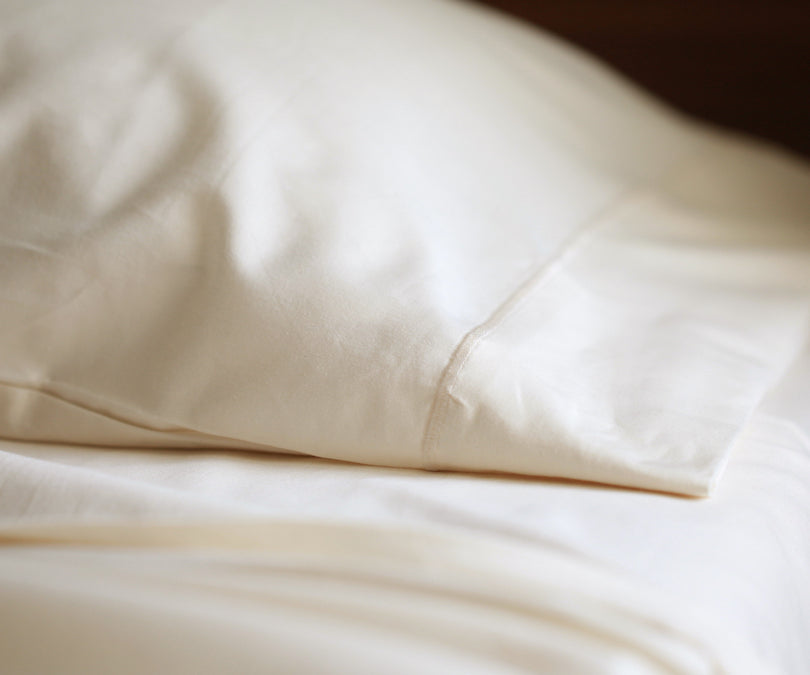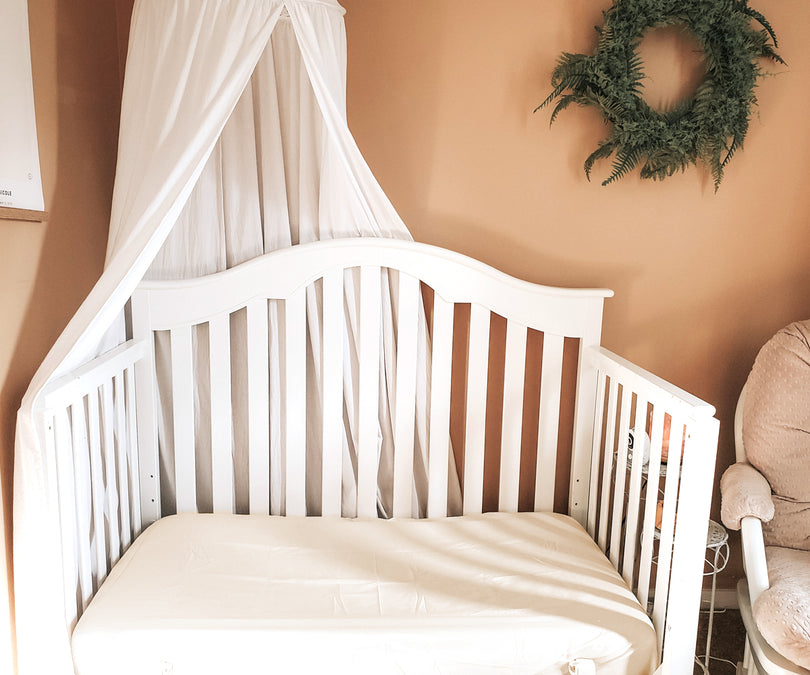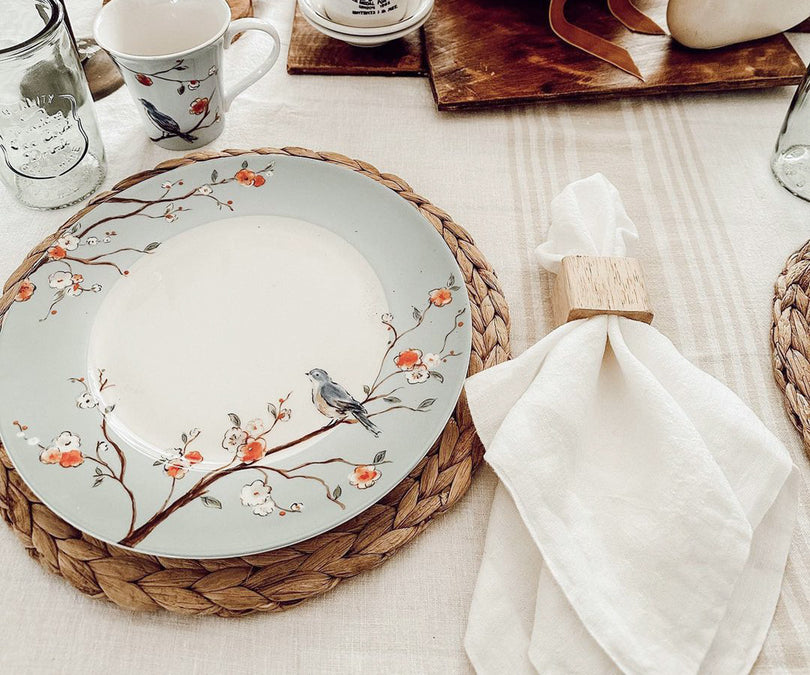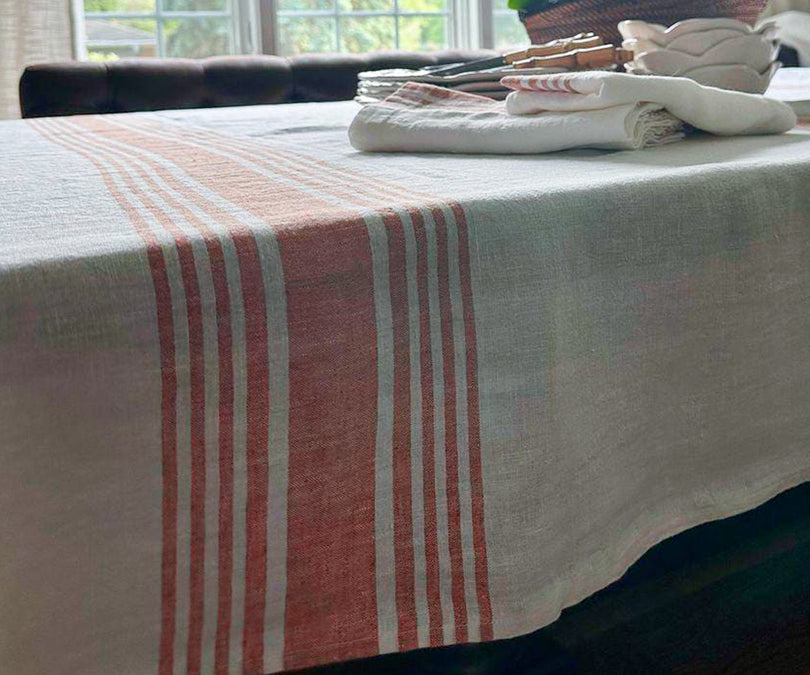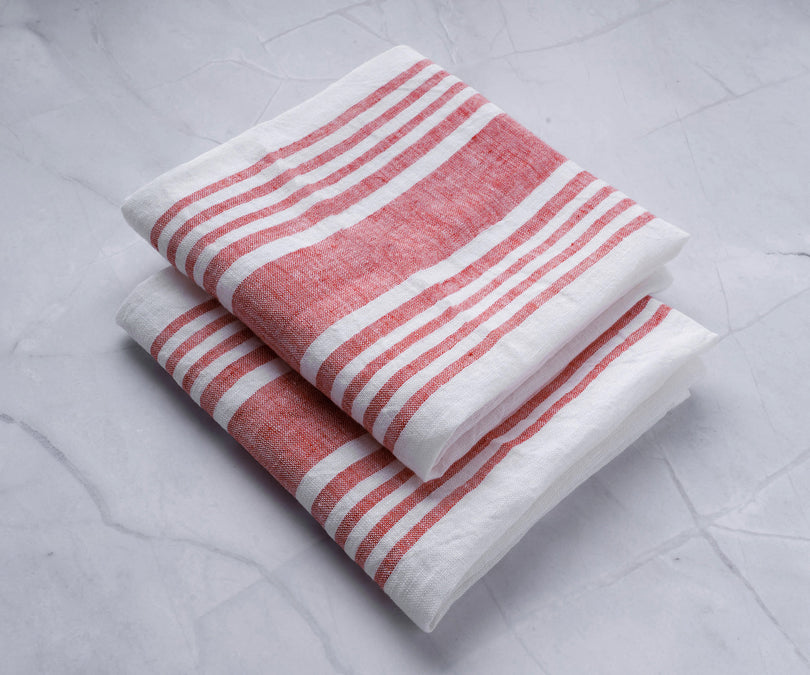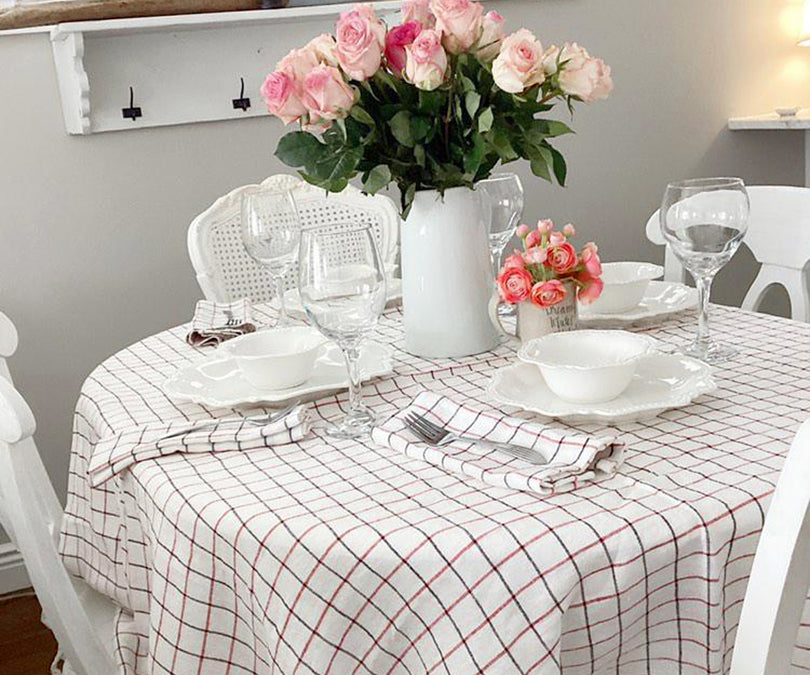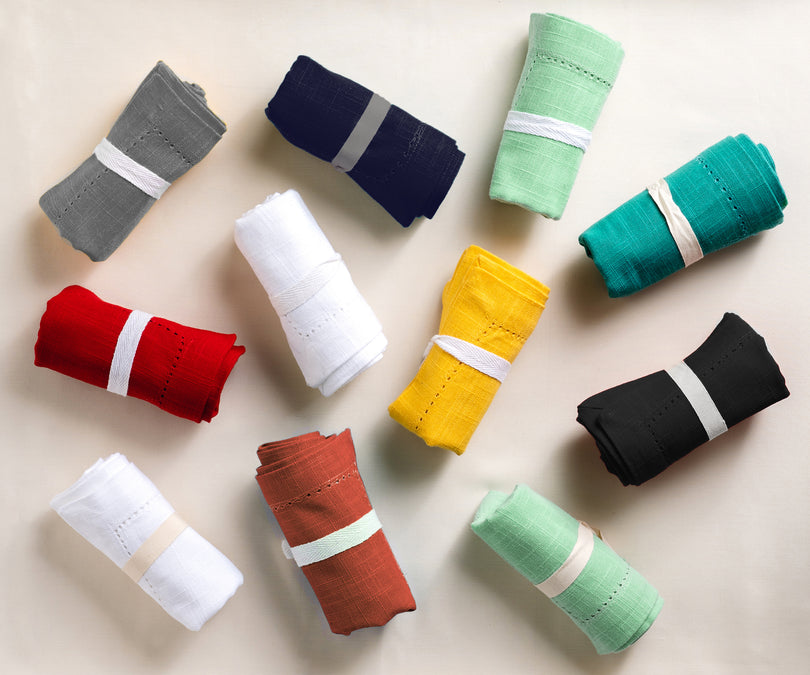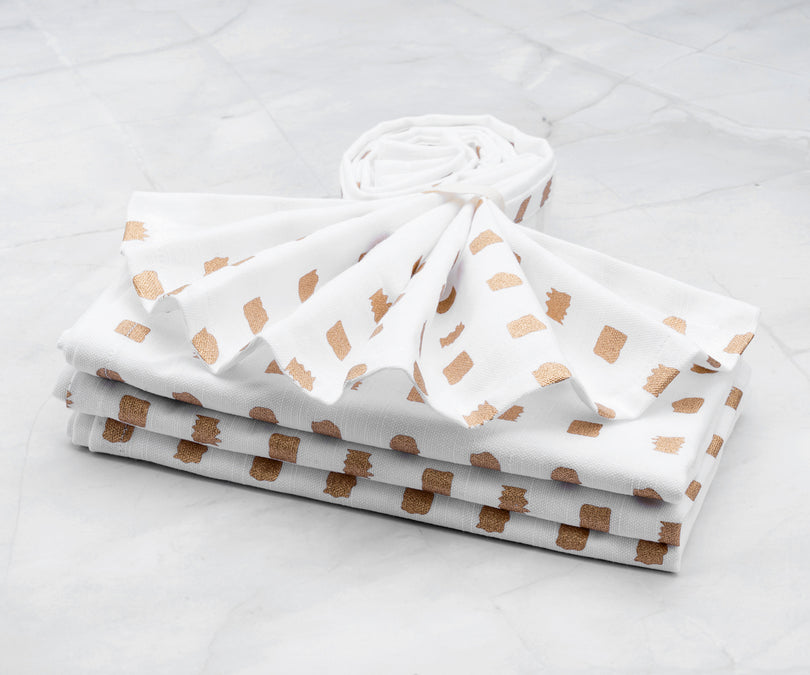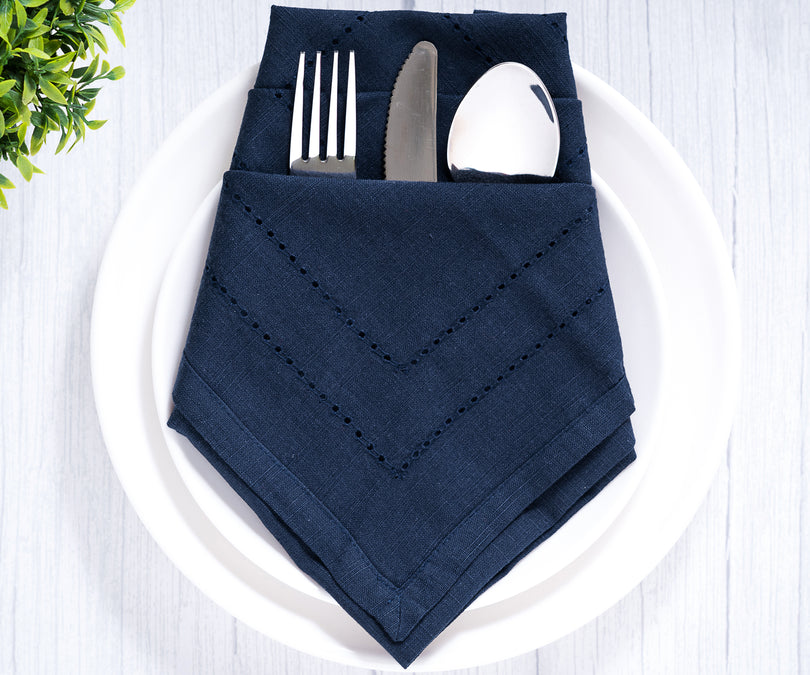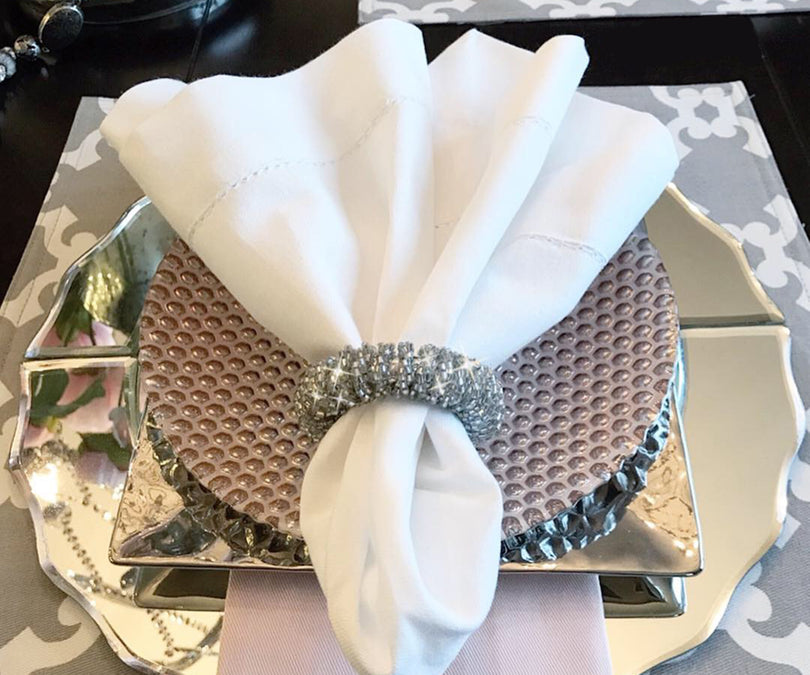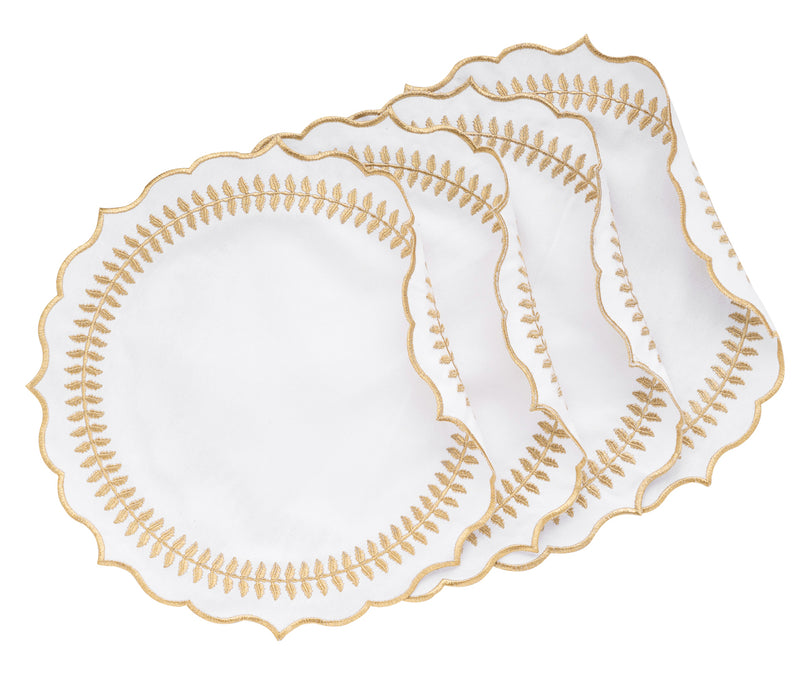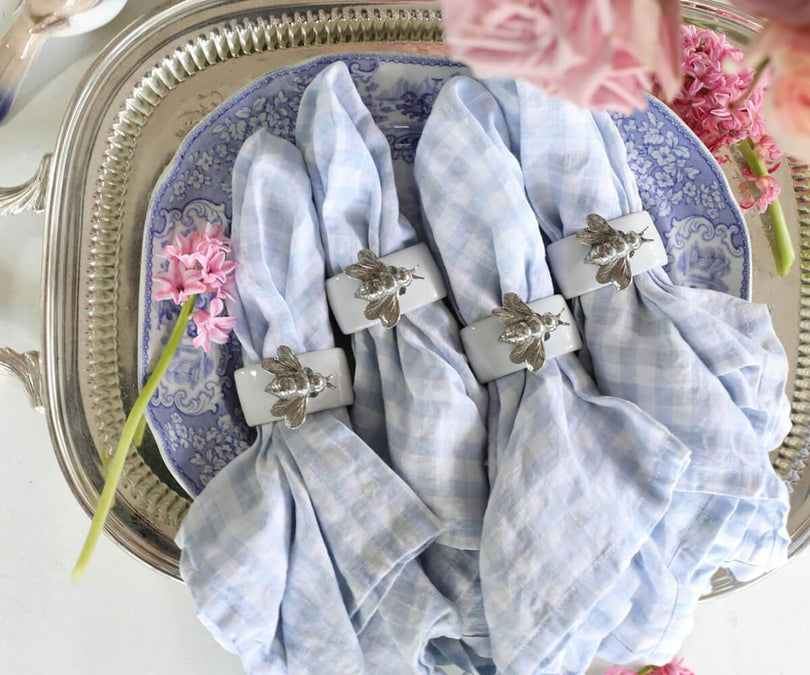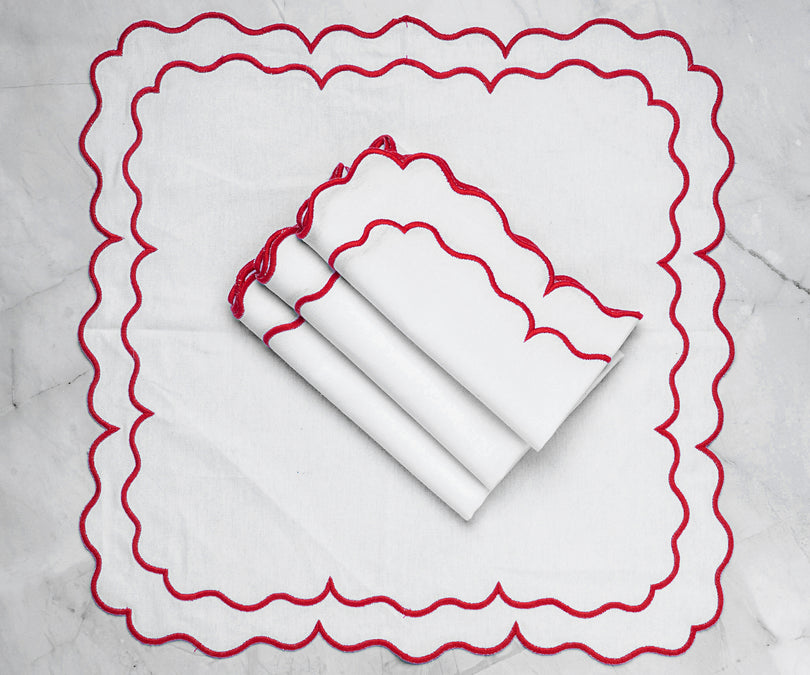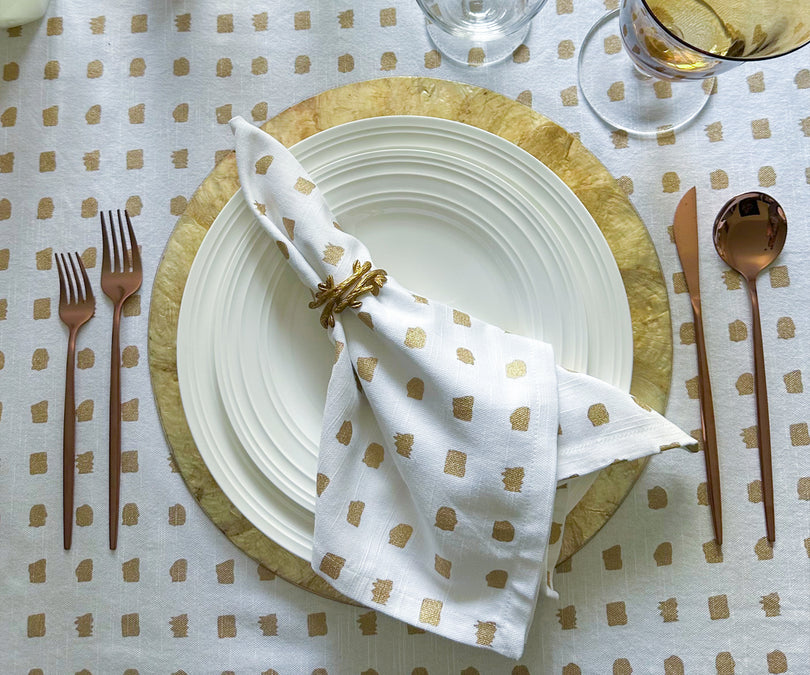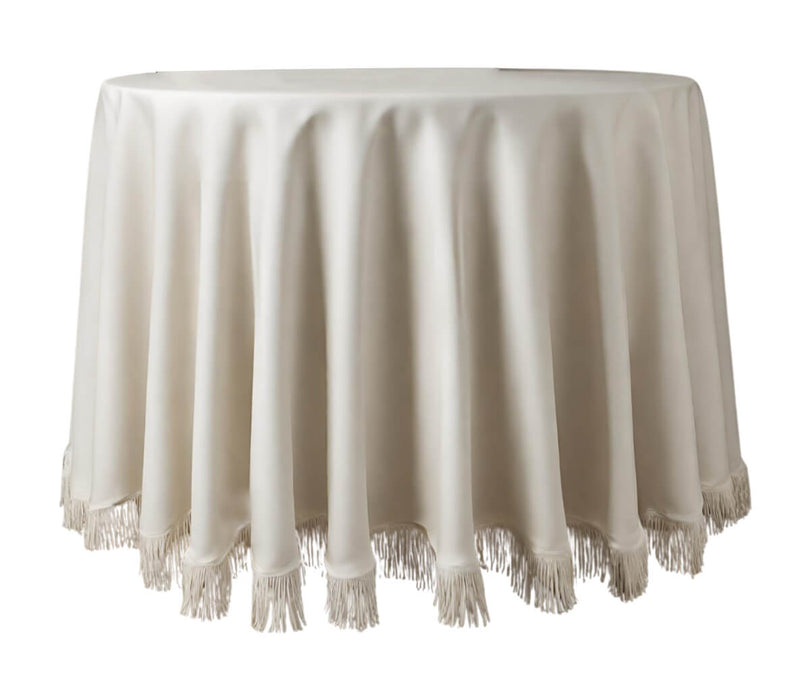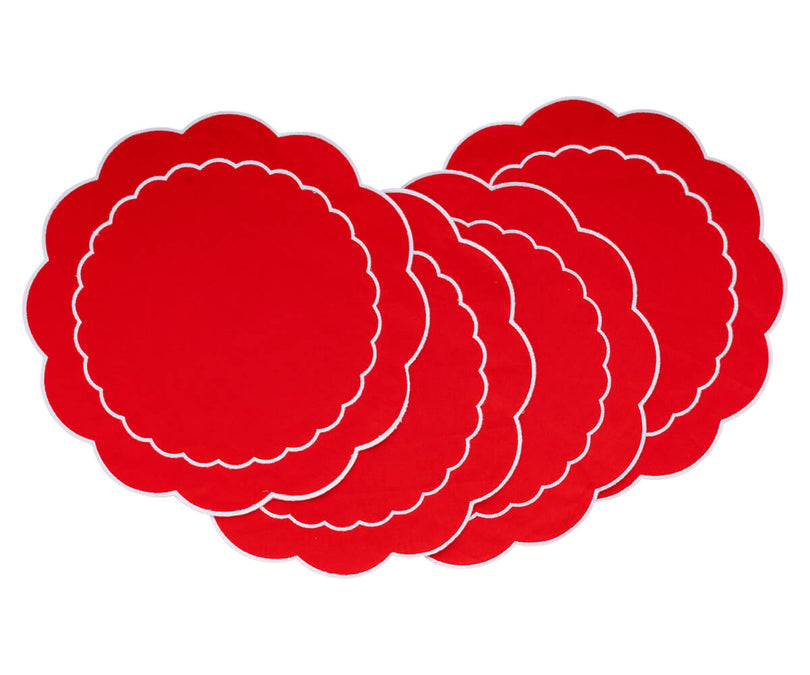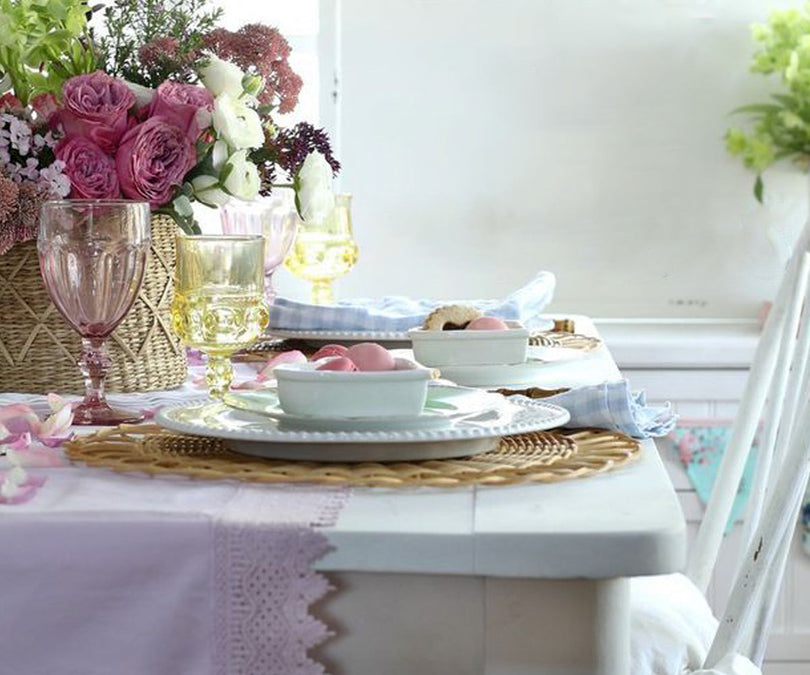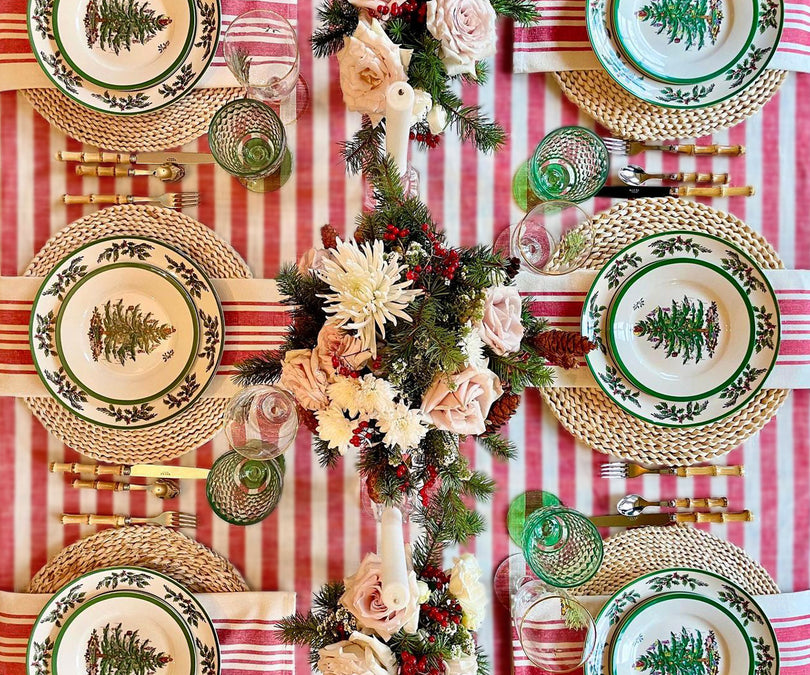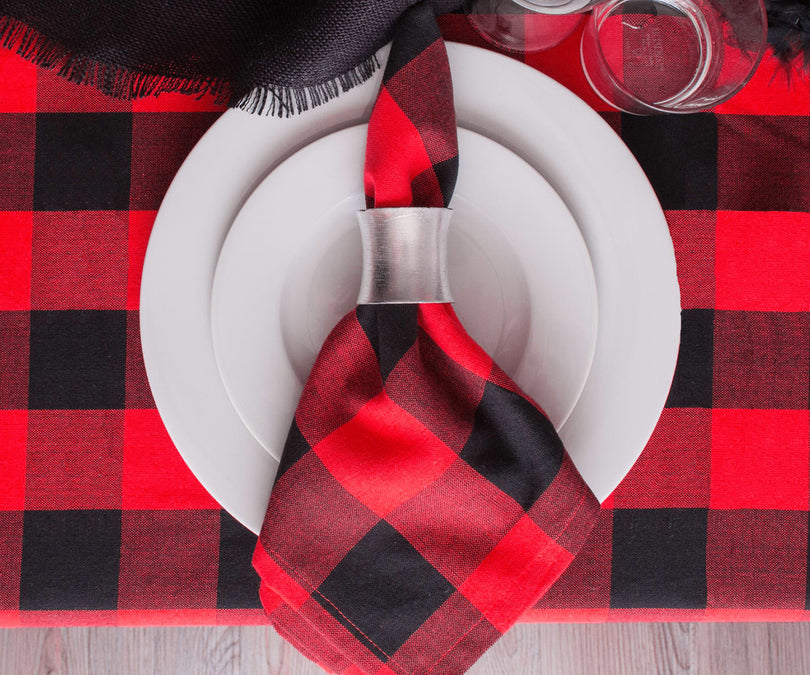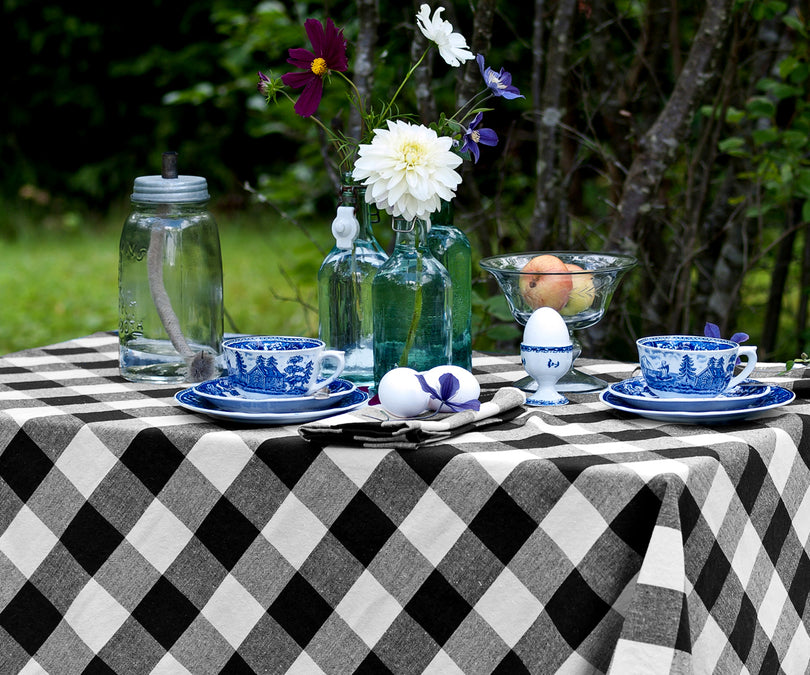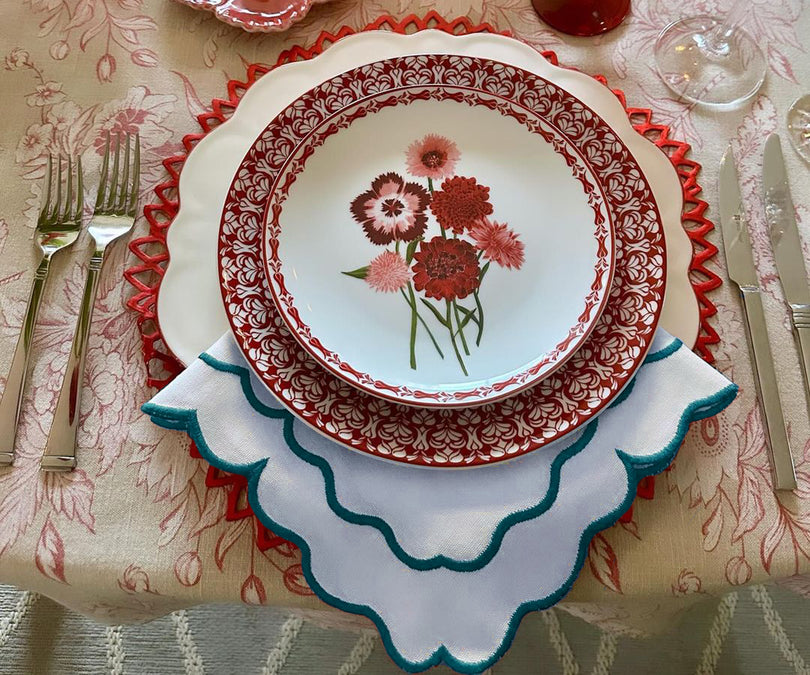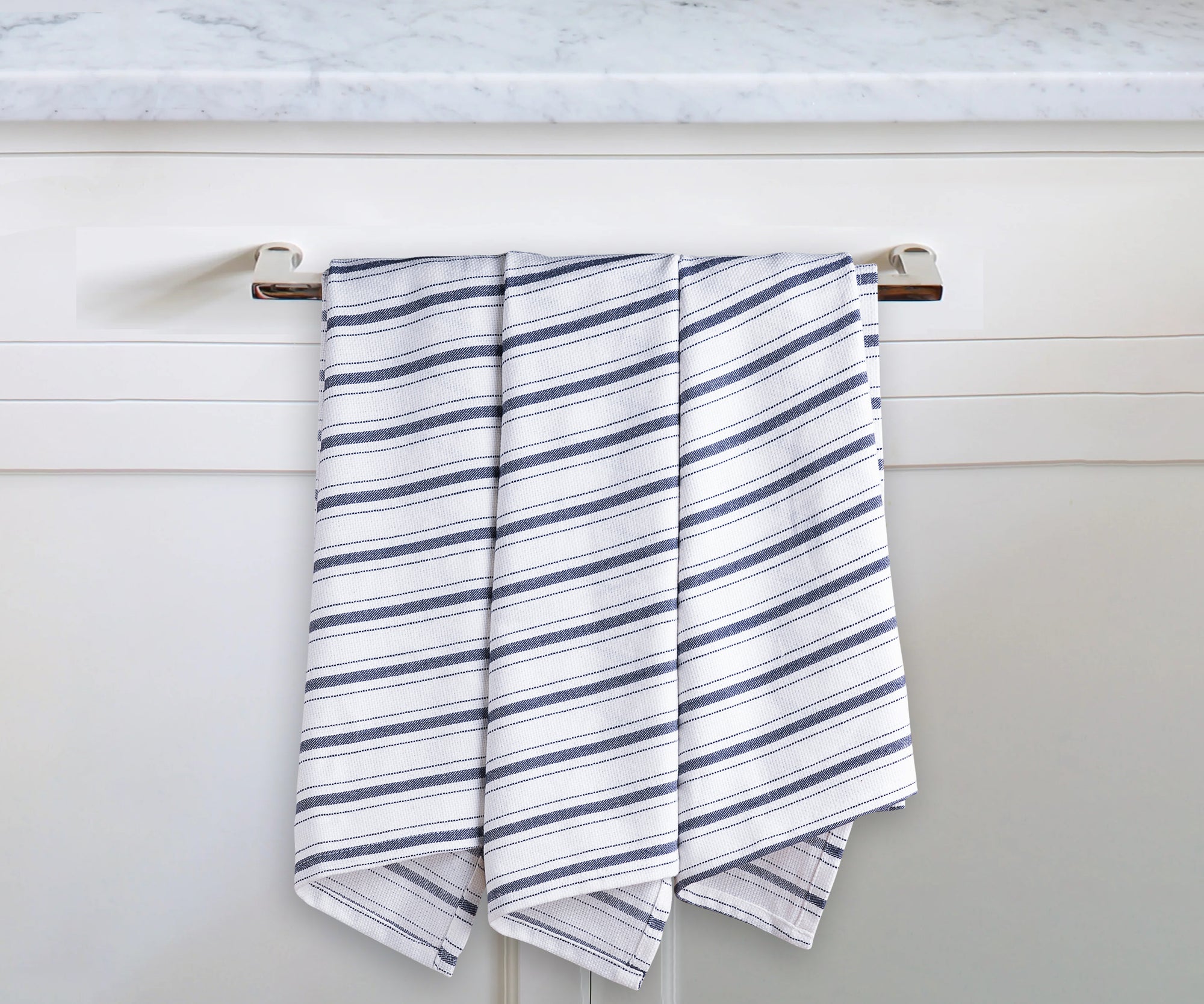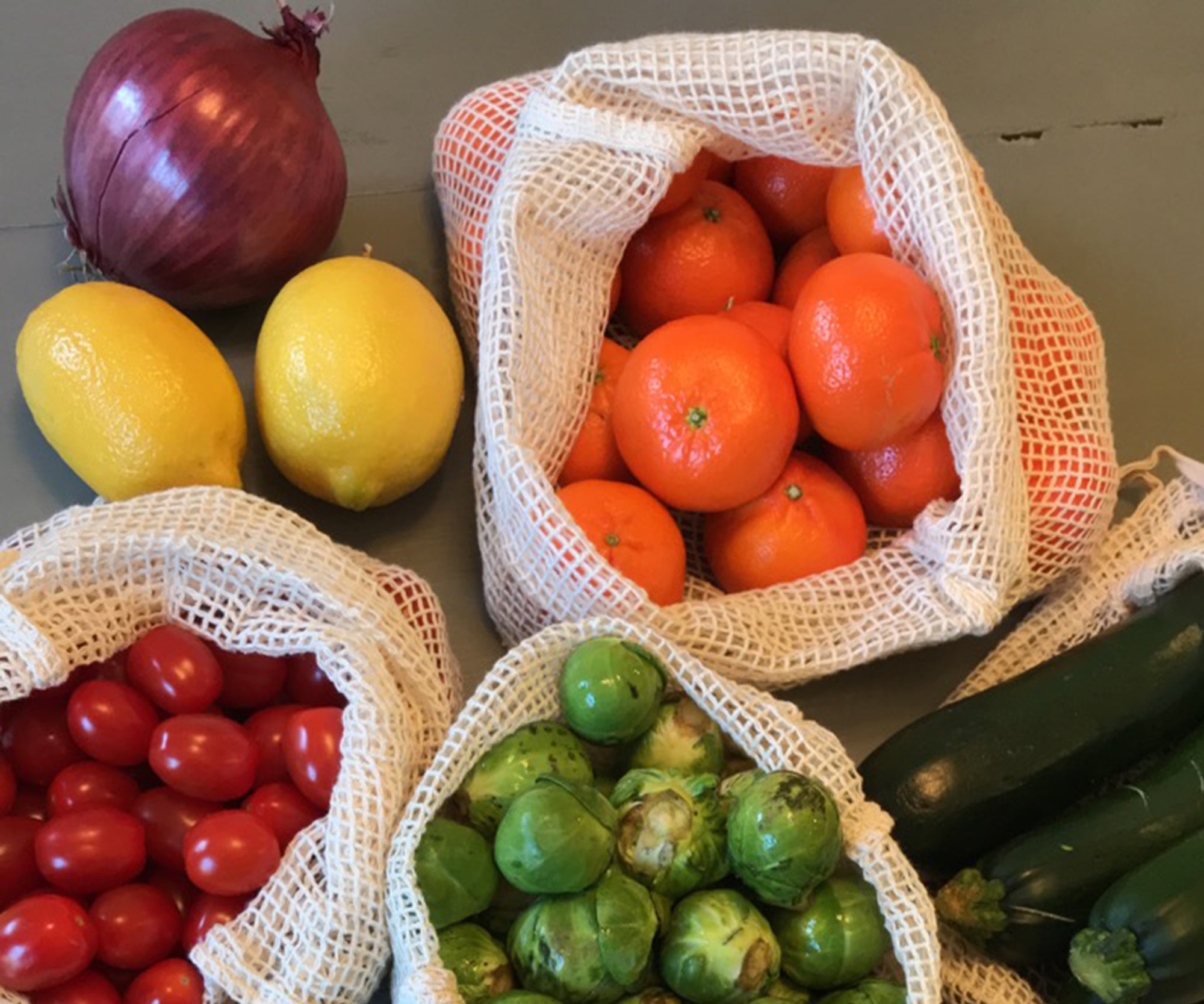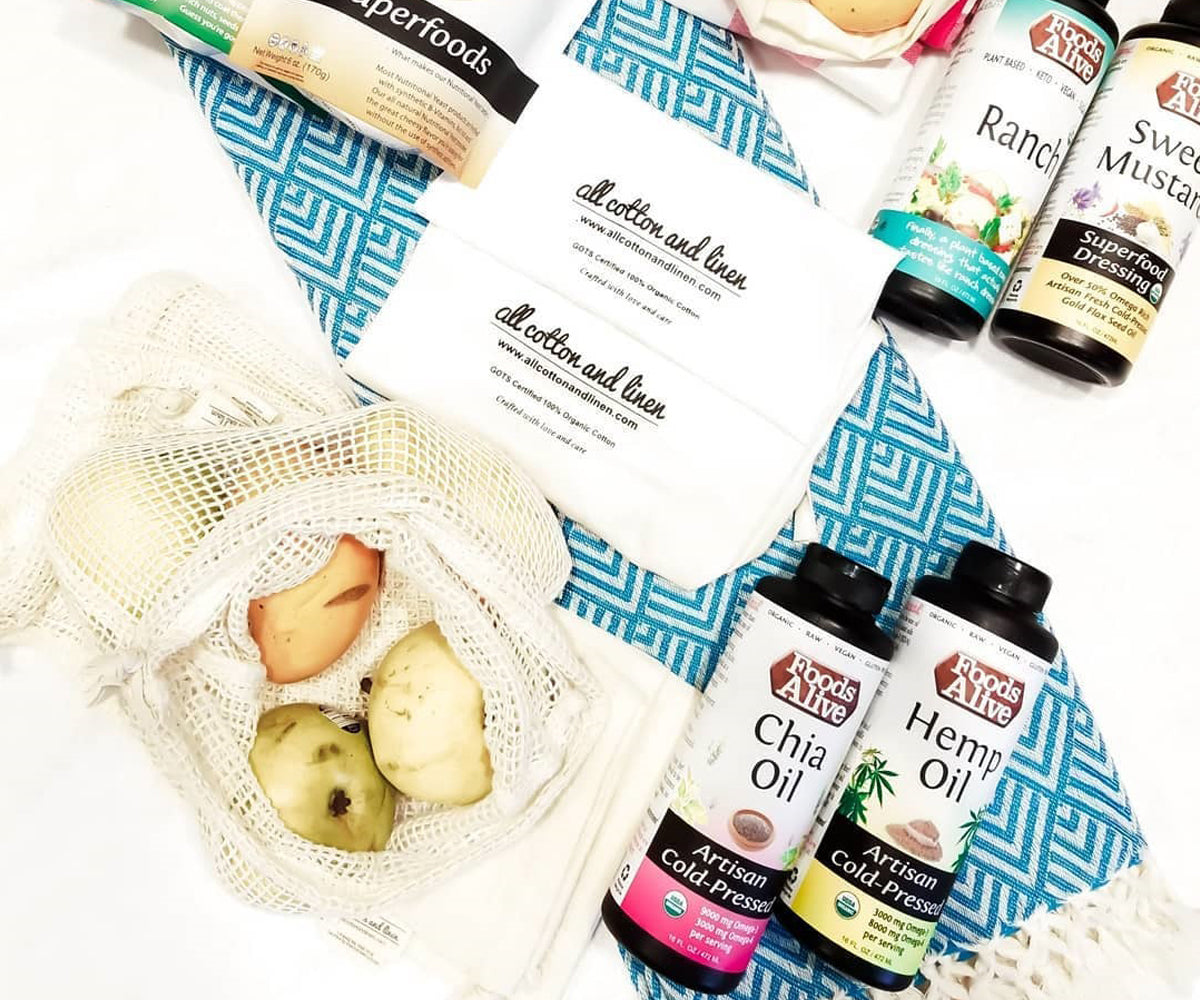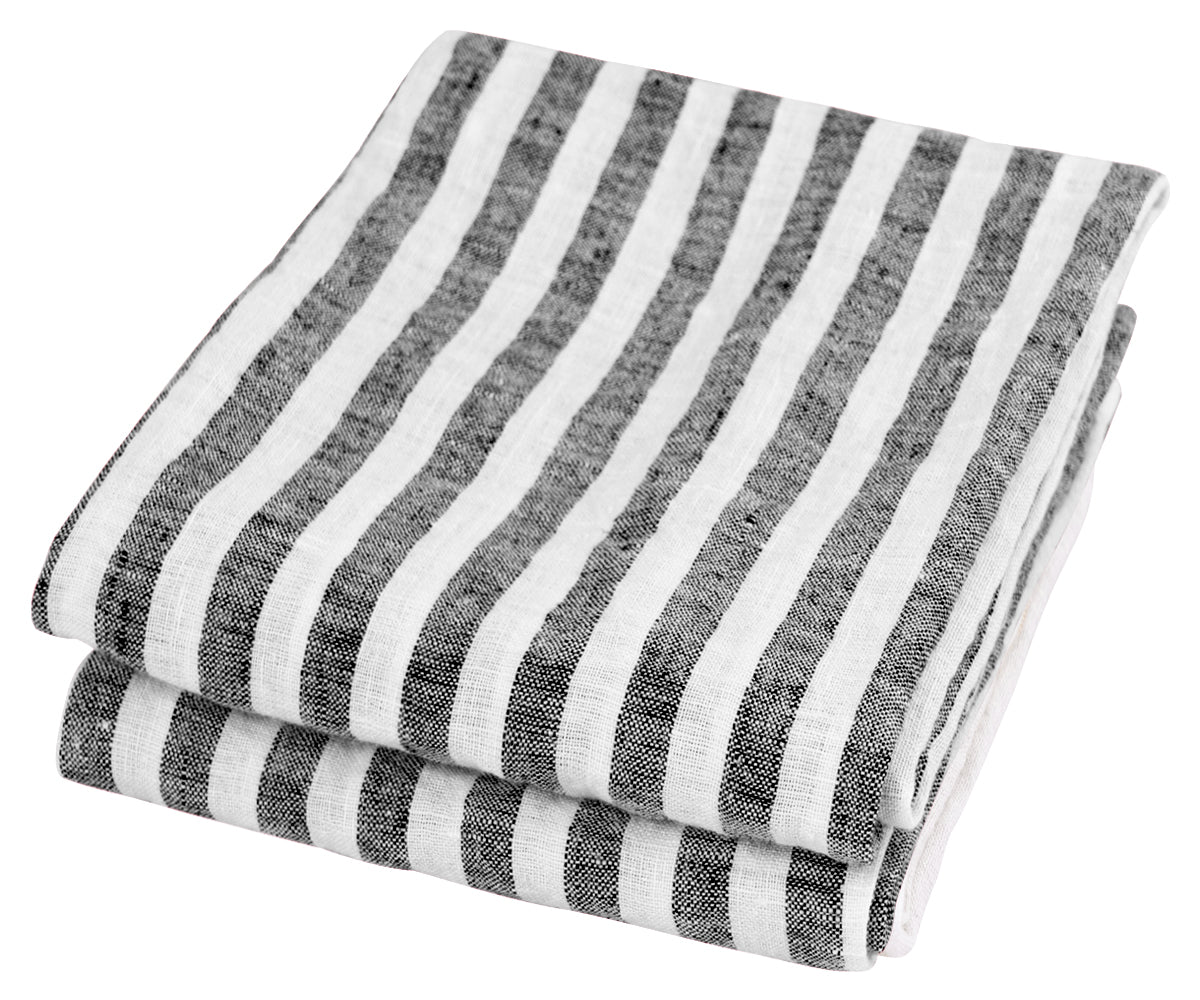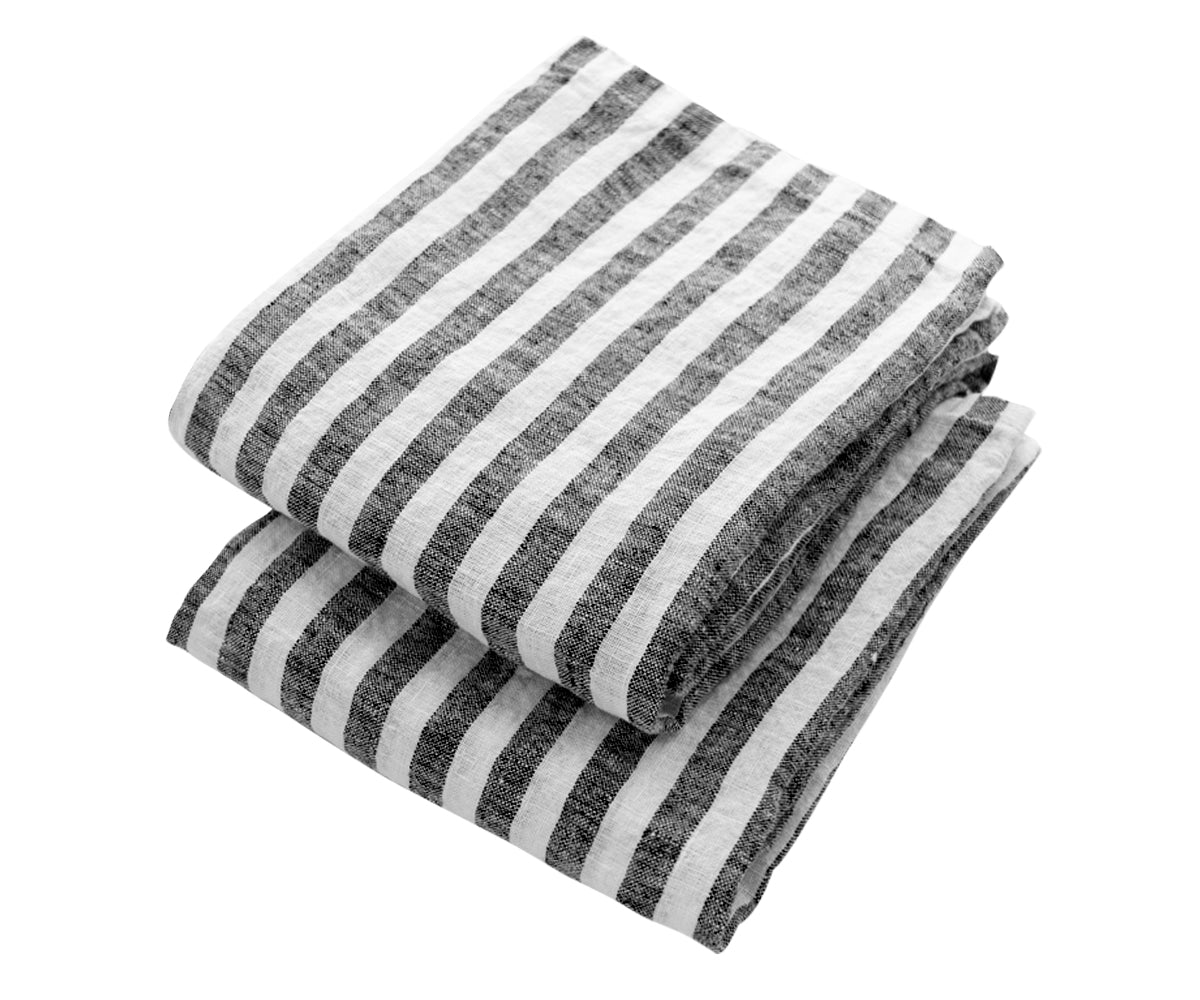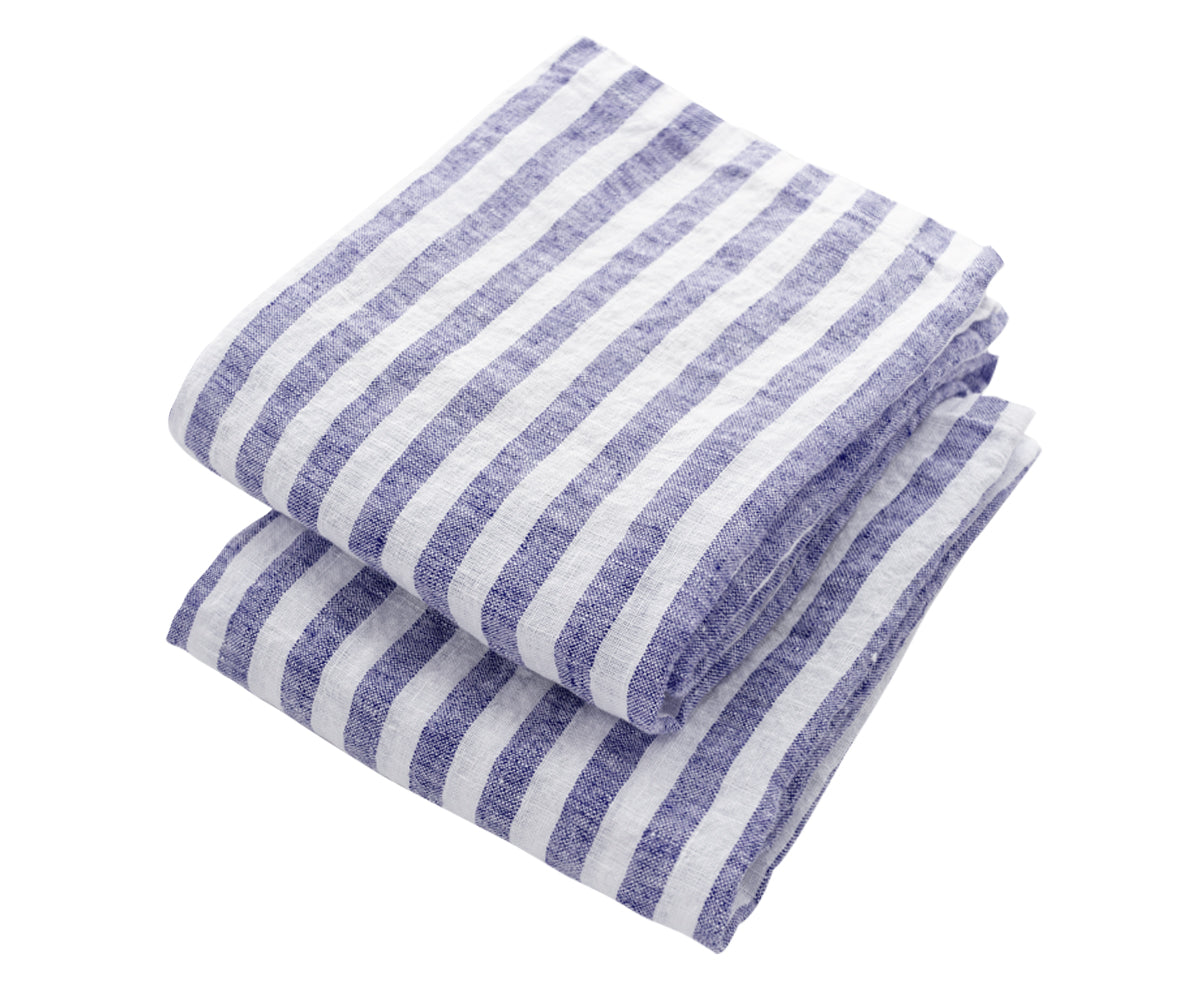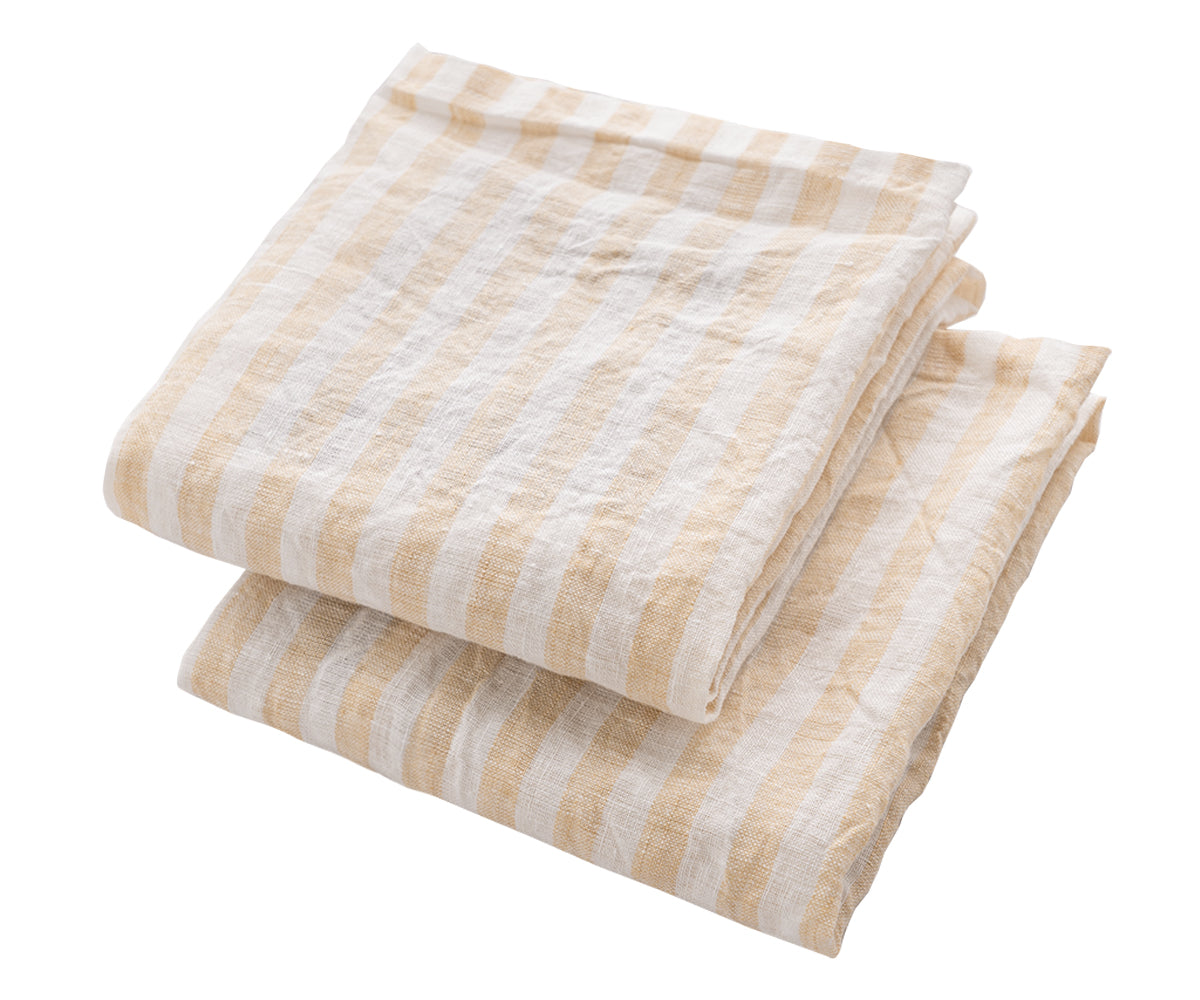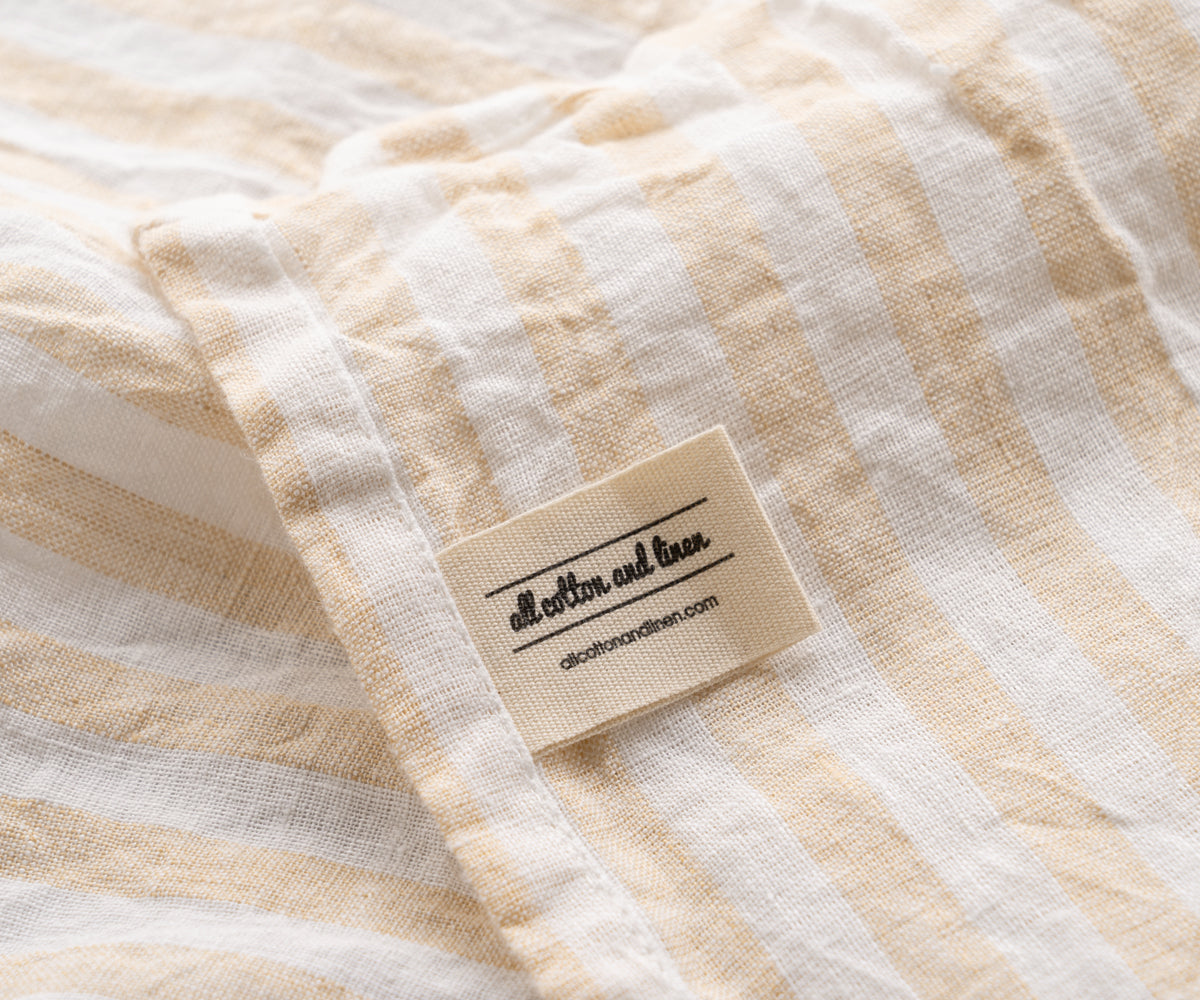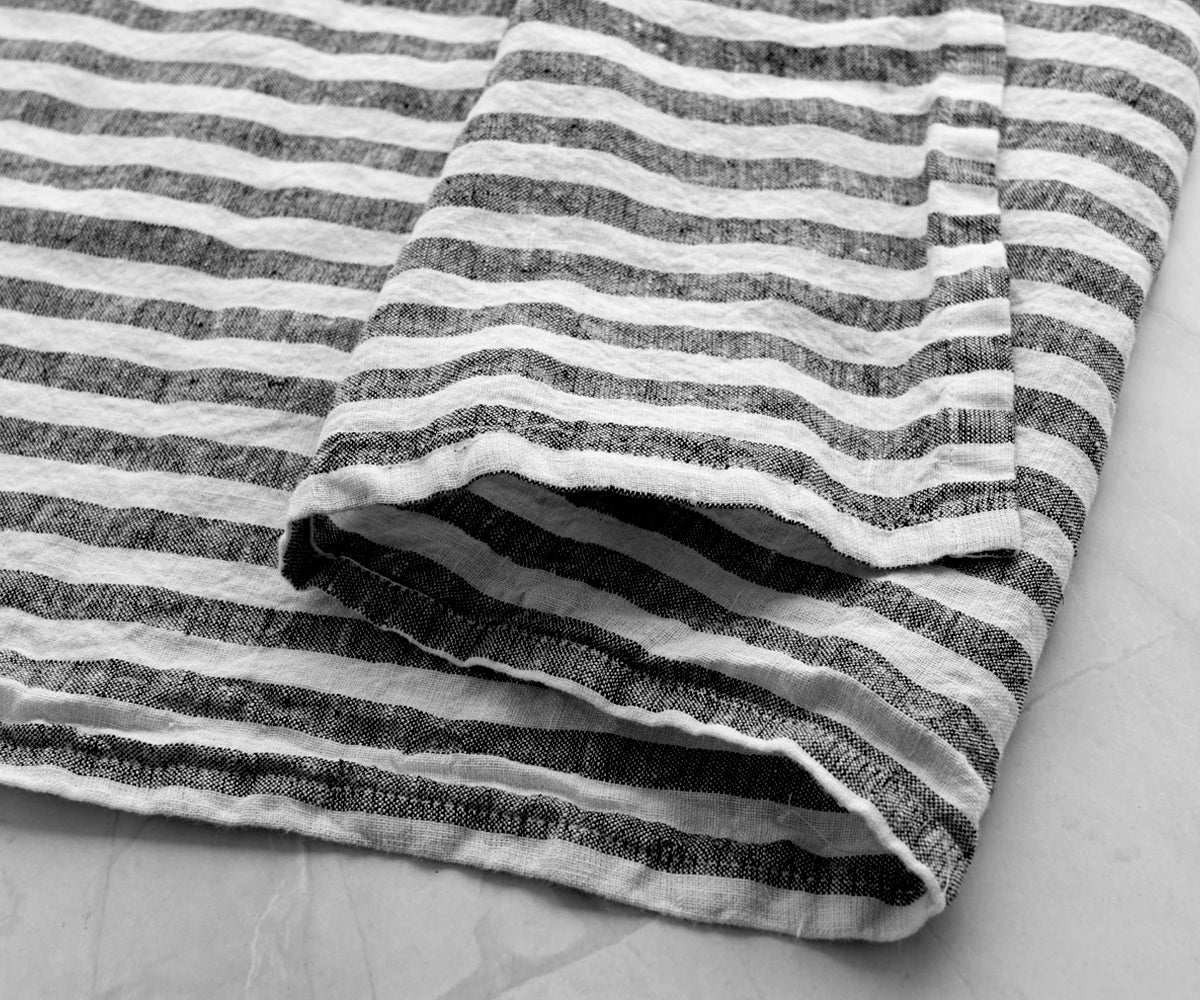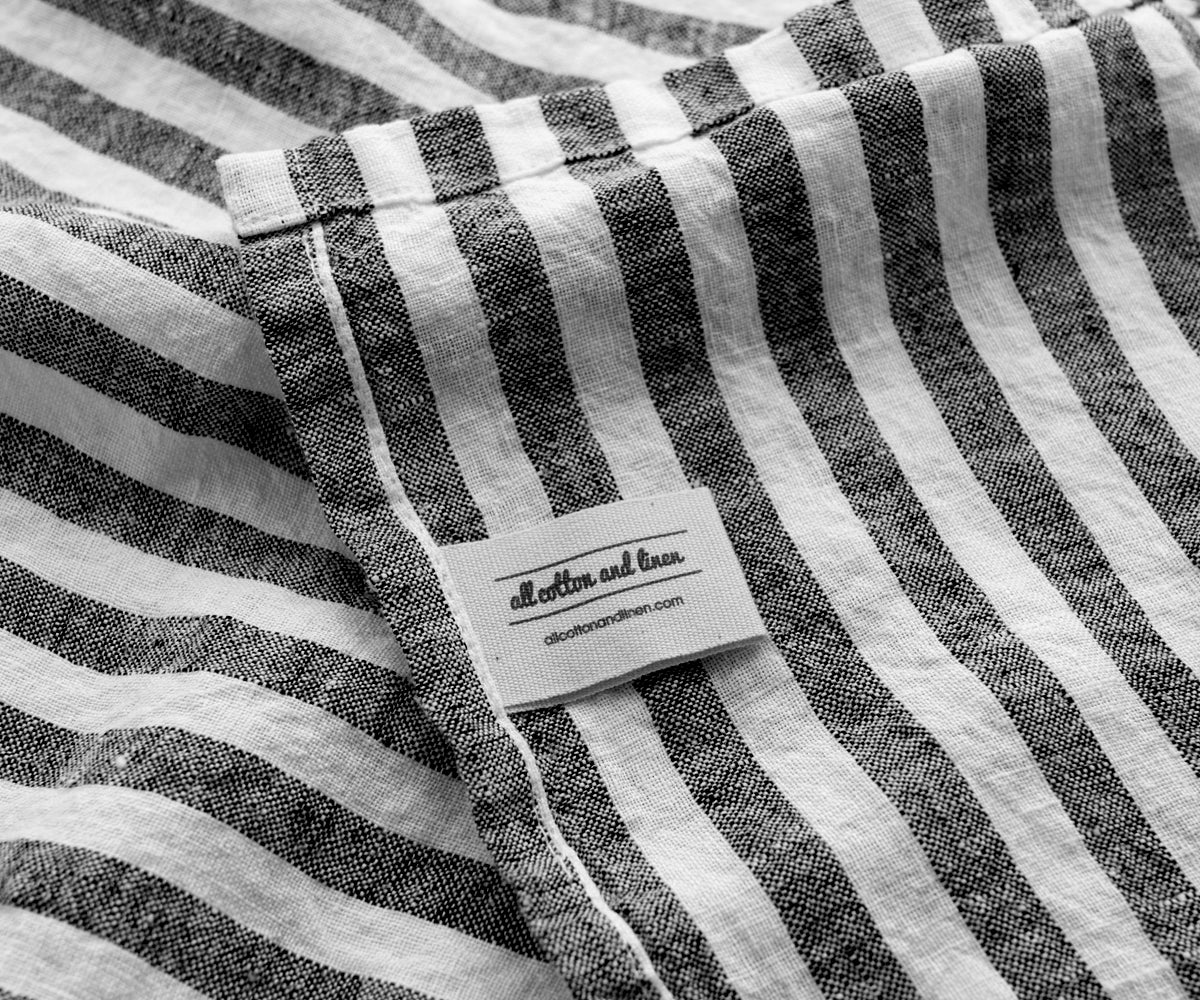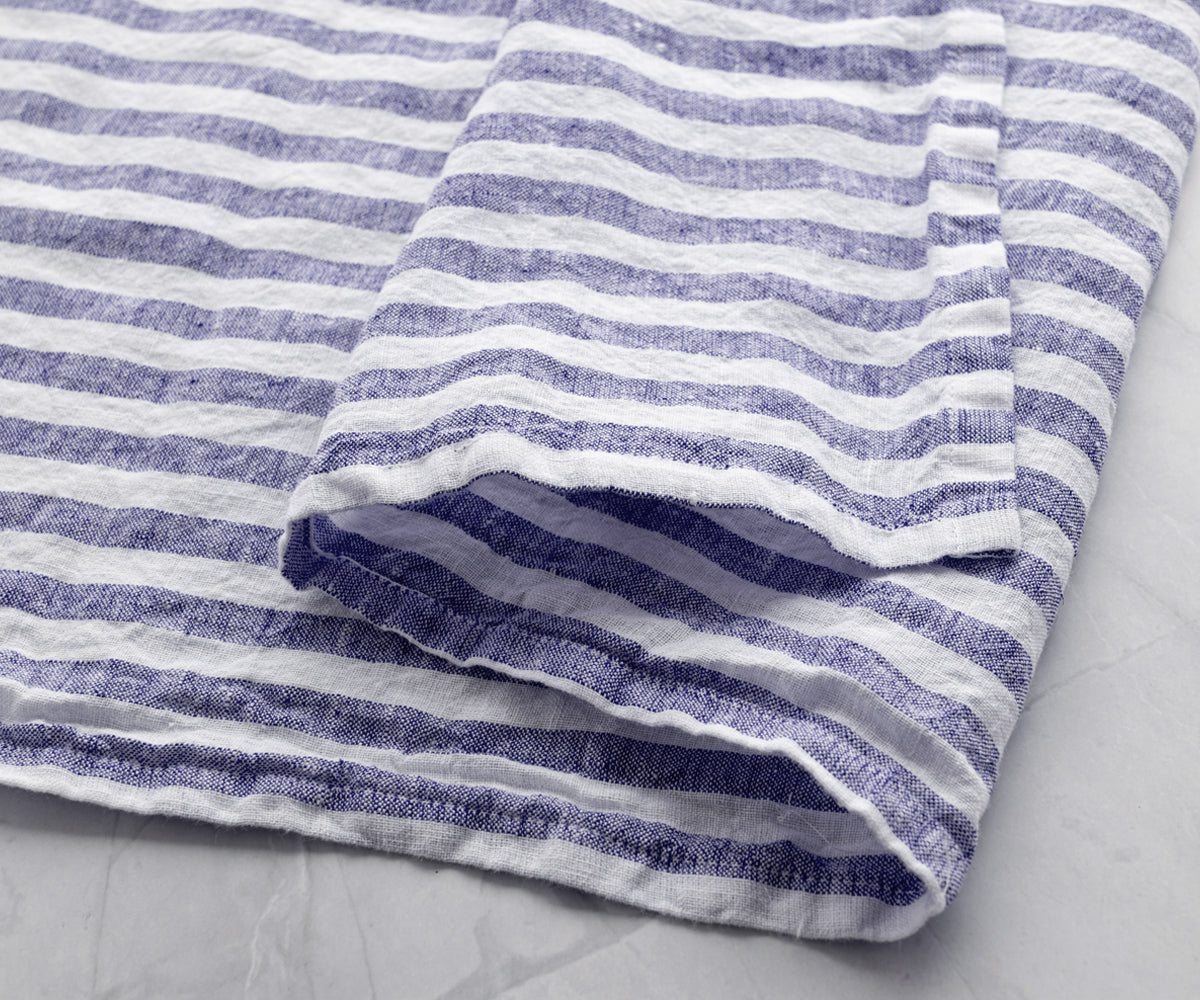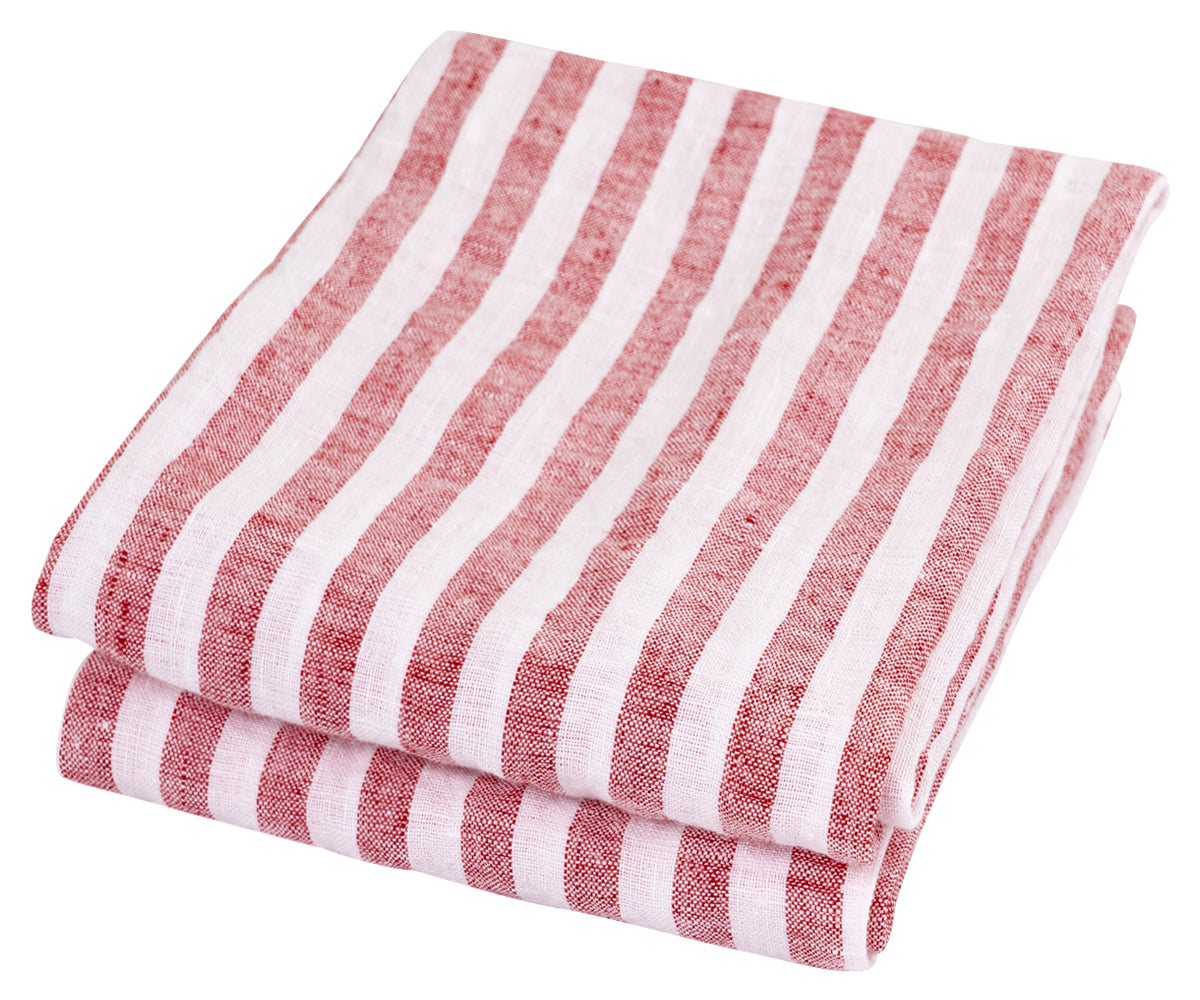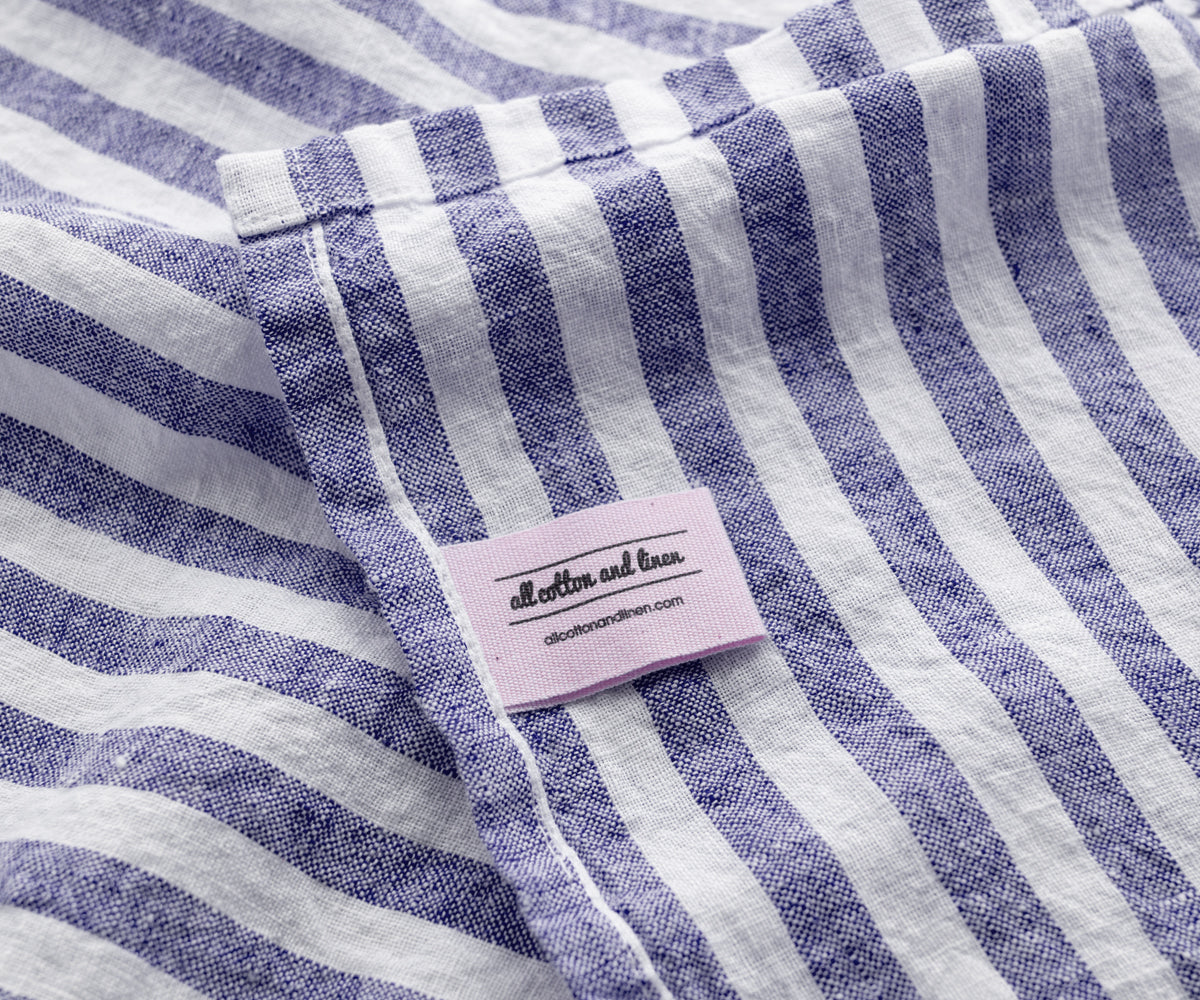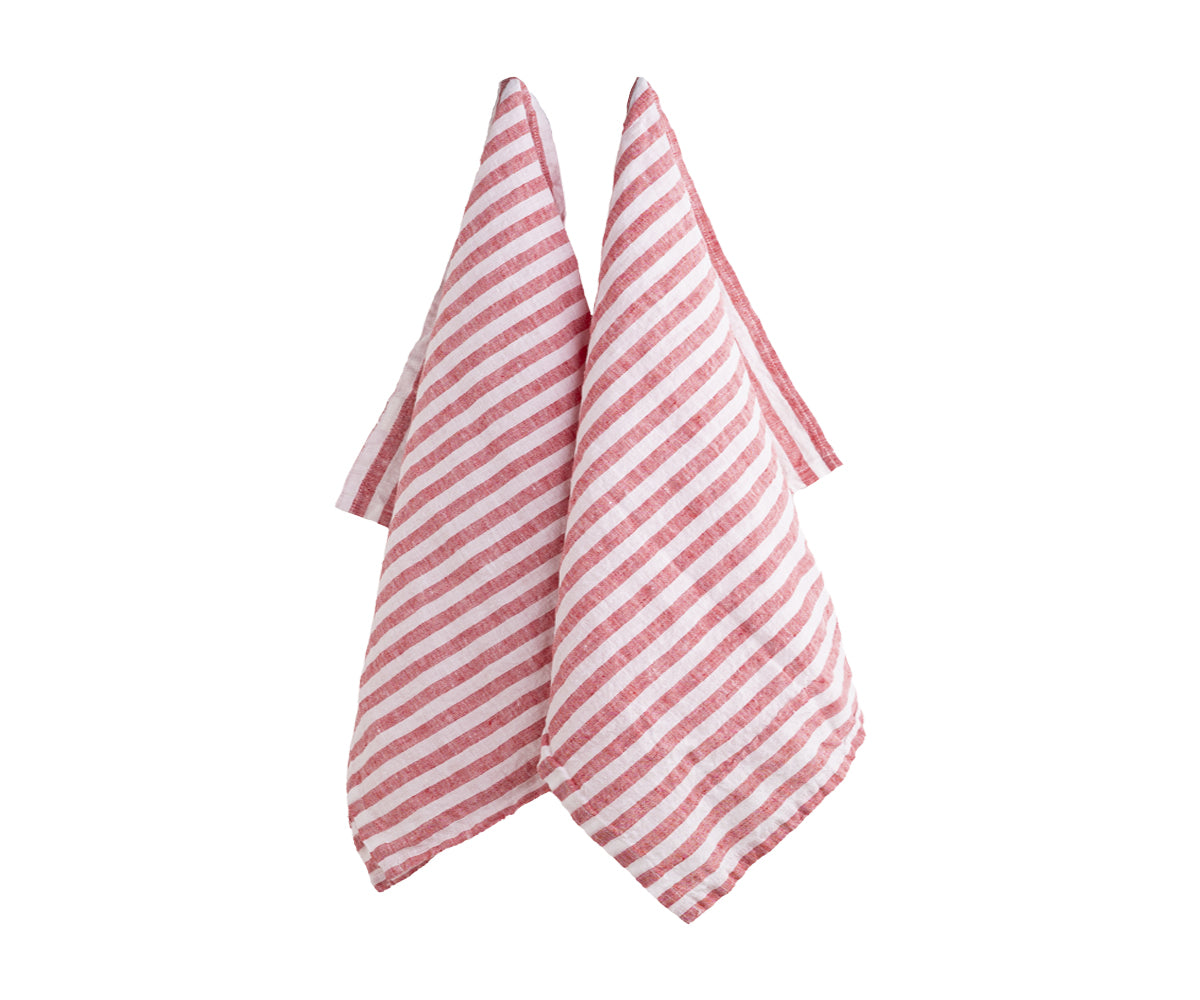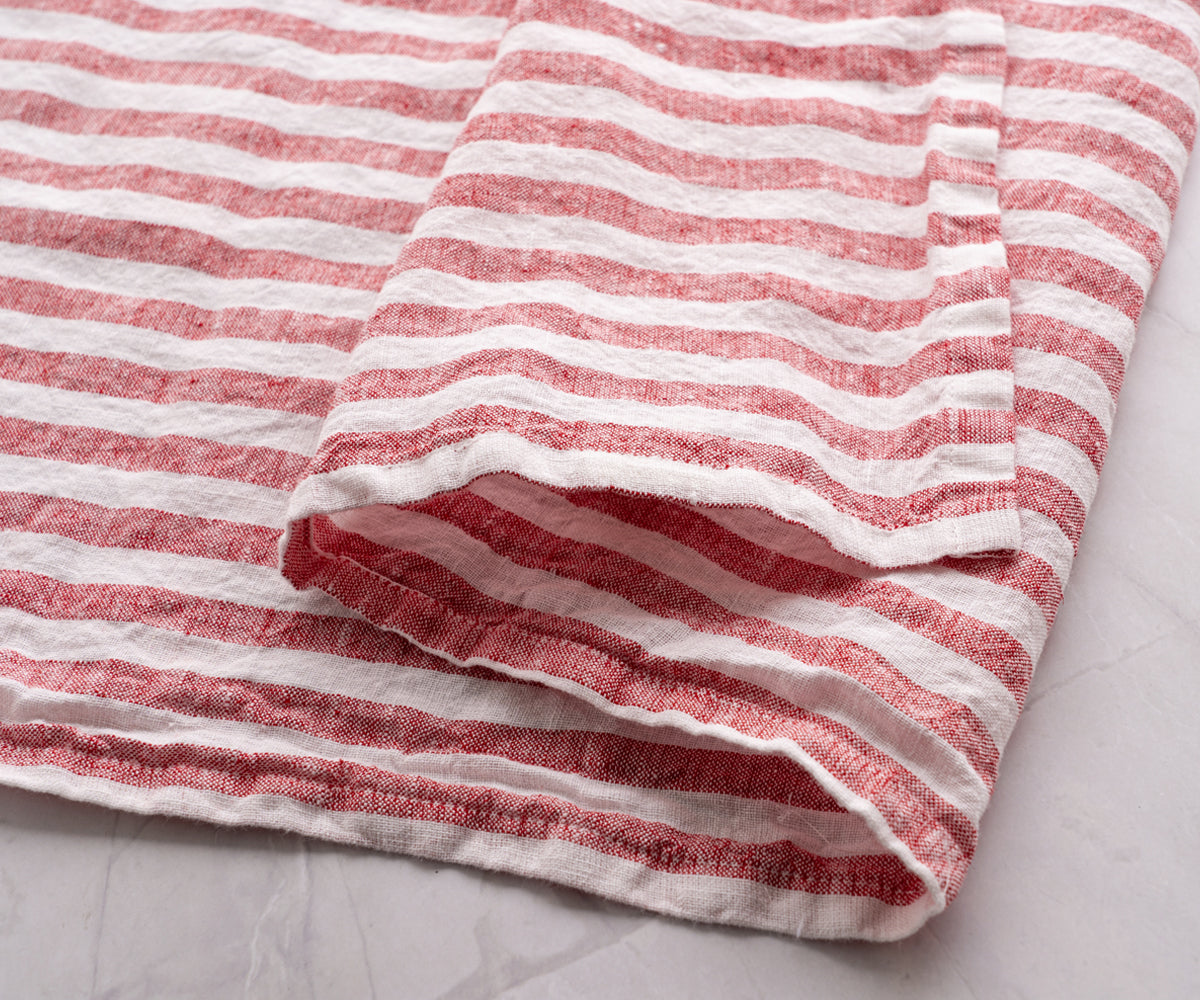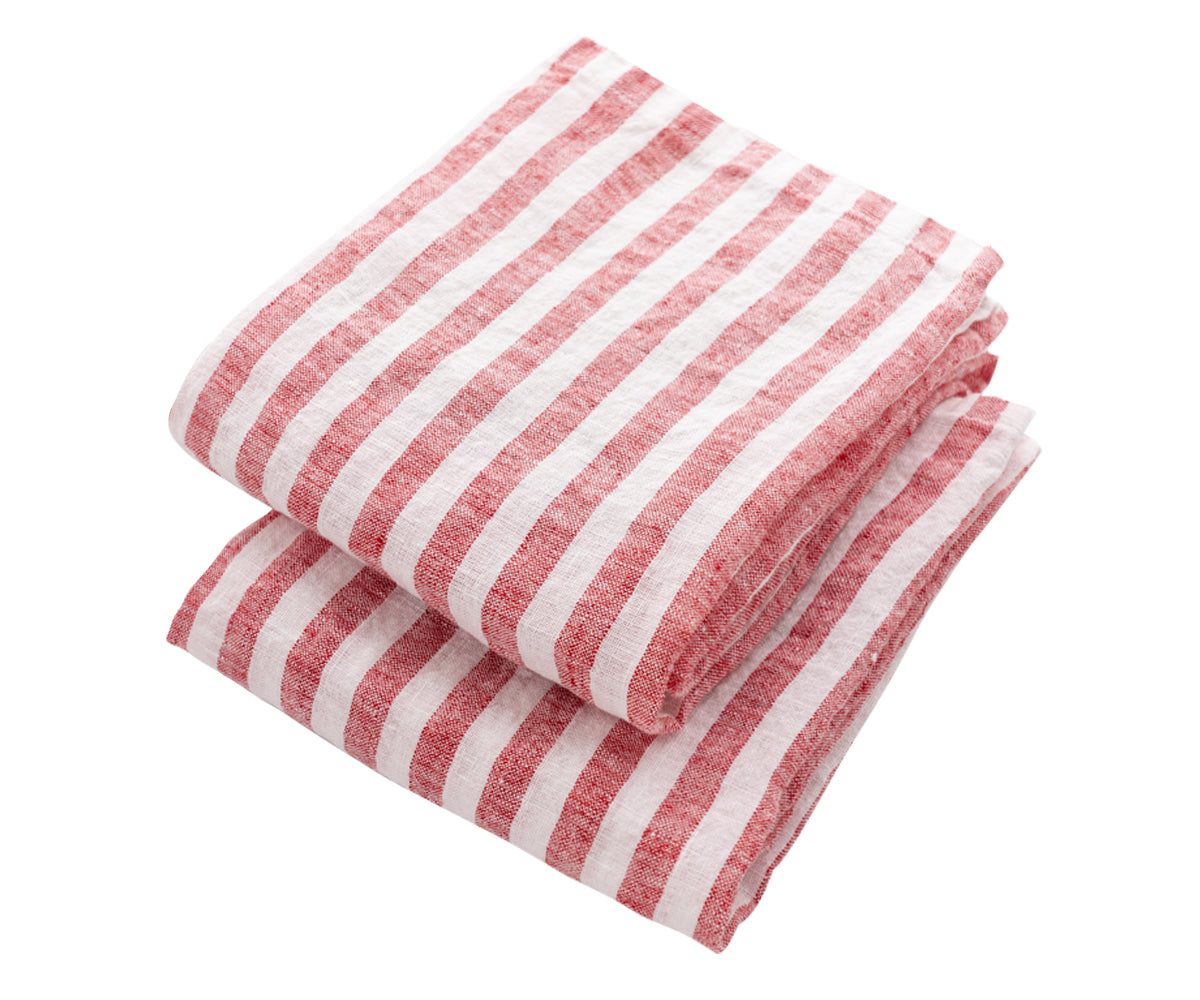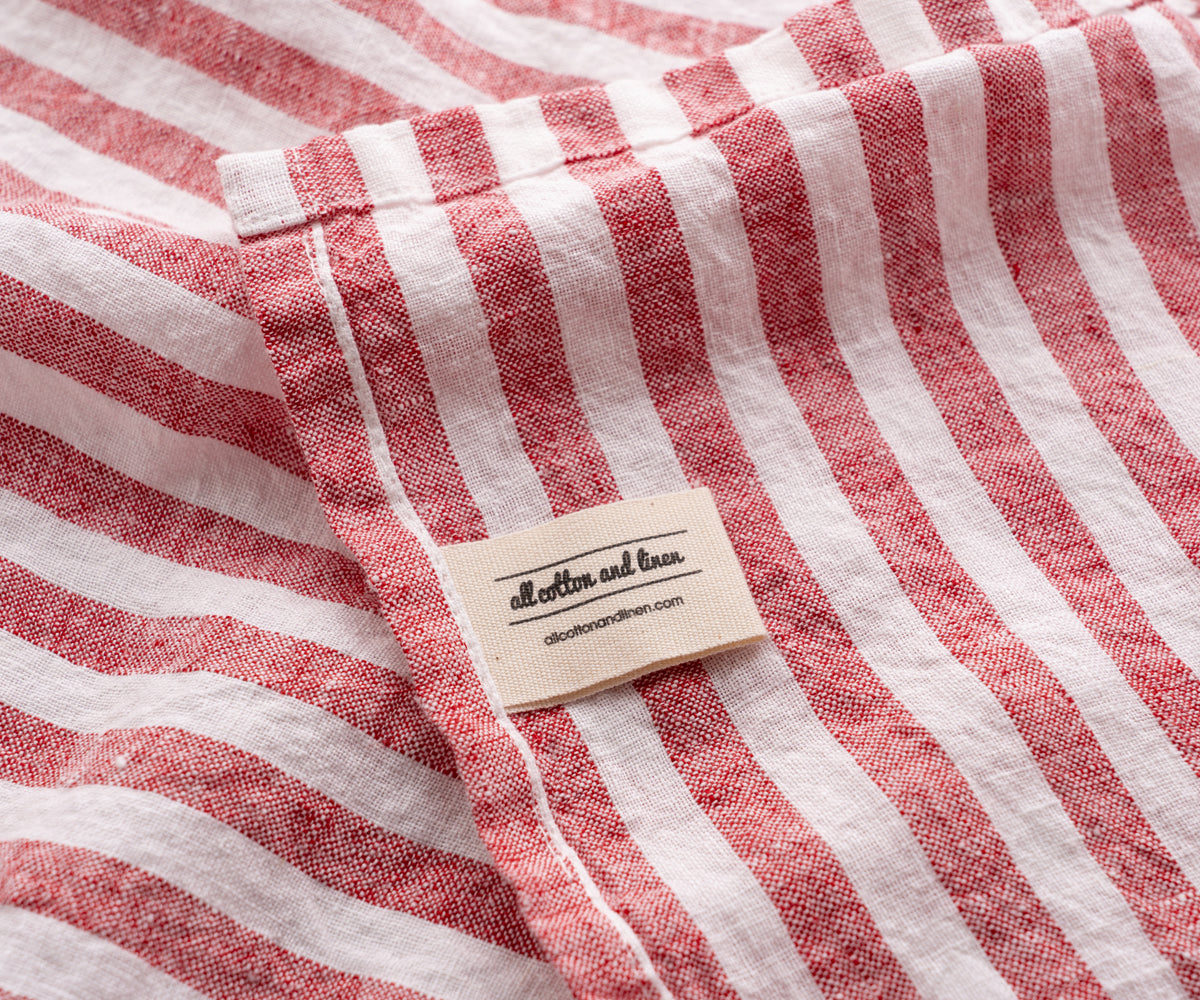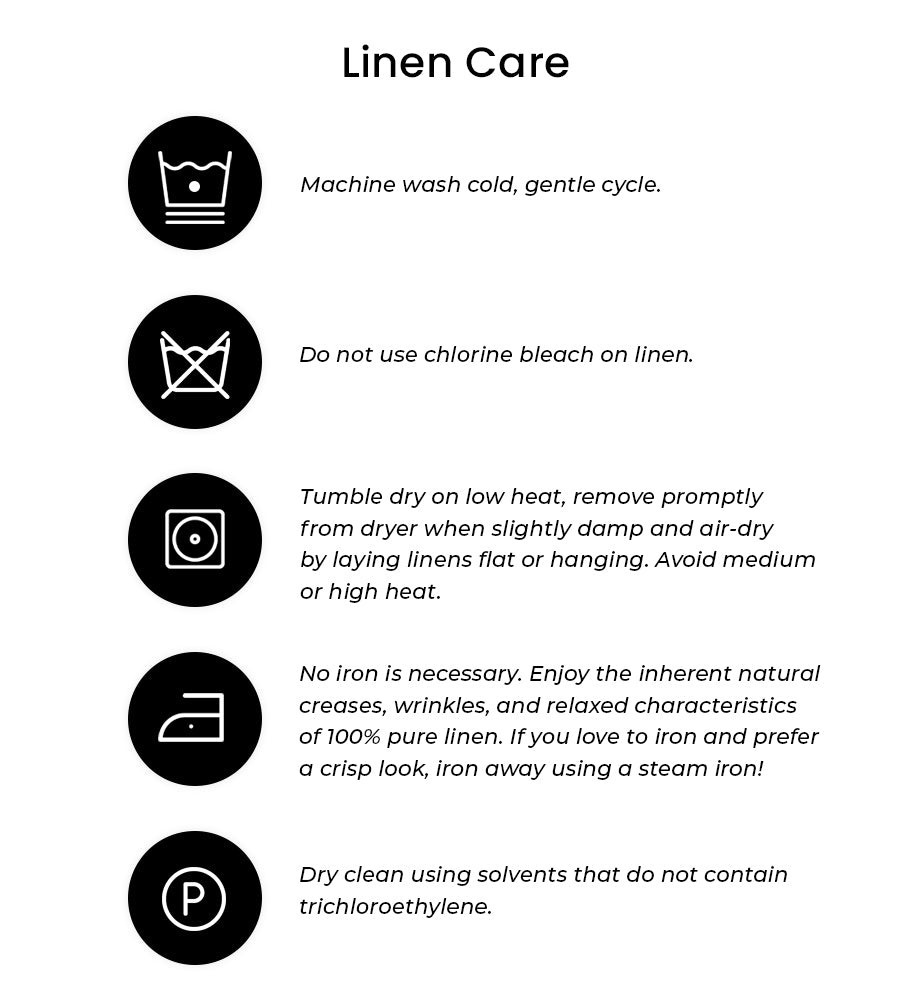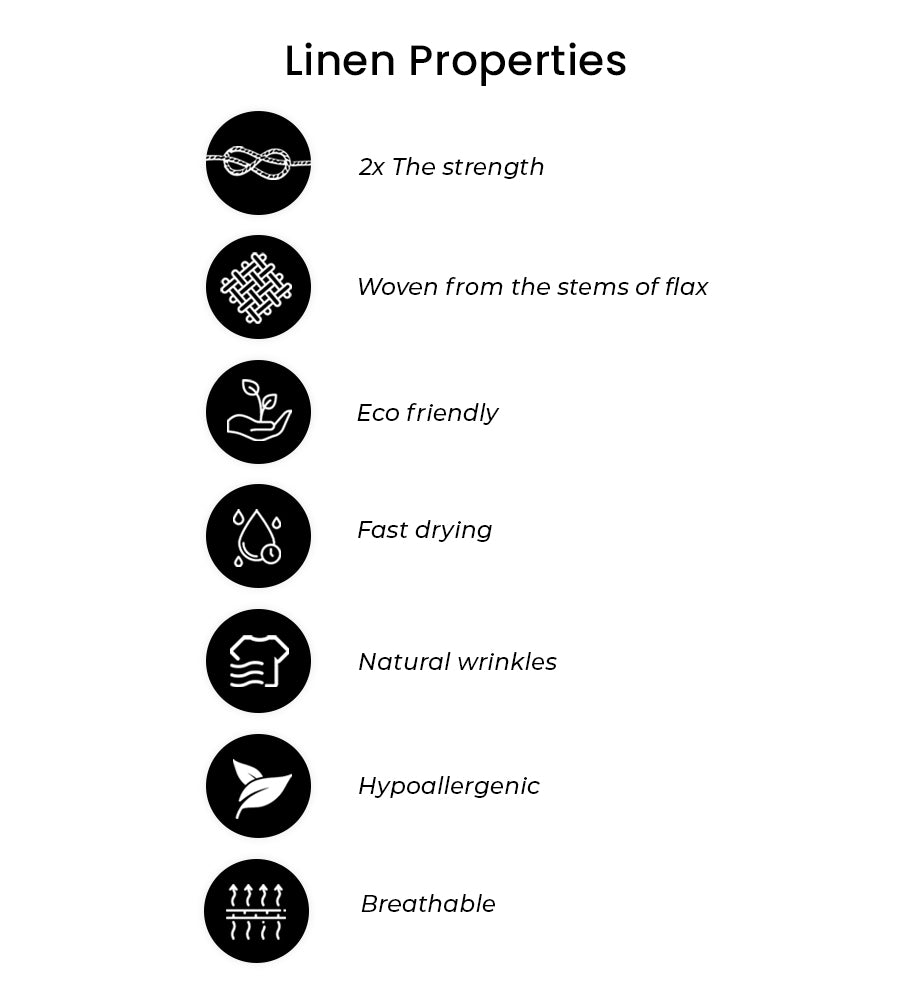
Tea towels
Tea towels, often known as kitchen towels or dish towels, are absorbent pieces of cloth used primarily for drying dishes and utensils. However, their utility extends far beyond the kitchen. These handy linens have been a part of households for centuries, and their usage has evolved.
The Origins of Tea Towels
The history of tea towels is intertwined with the evolution of textiles and the art of drying. They originated in 18th-century England when they were primarily used to dry delicate china and glassware in tea ceremonies. Hence, the name "tea towel" stuck. Tea towels became indispensable in the kitchen as time passed, serving a broader purpose.

Different Types of Tea Towels
Tea towels come in various materials, each with unique characteristics and benefits. Let's explore the most common types:
Cotton Tea Towels
The cotton kitchen towels are the workhorses of the kitchen. They are highly absorbent and durable and come in various colors and designs. Cotton towels are perfect for drying dishes, wiping spills, or covering bread during rising.
Linen Tea Towels
Linen tea towels offer a touch of elegance to your kitchen. They are lint-free, making them ideal for polishing glassware and delicate surfaces. Linen towels also age gracefully, becoming softer with each use.

Practical Uses of Tea Towels
Tea towels are incredibly versatile and can be found in various parts of your home.
In the Kitchen
The dish towels for kitchen are essential for drying dishes and hands, lining bread baskets, and keeping food warm by covering dishes.

In the Dining Room
In the dining room, they serve as elegant napkins, adding a touch of sophistication to your table settings.
In the Bathroom
Kitchen Dish towels can be used in the bathroom as decorative hand towels or as a quick way to clean up small spills.
How to Care for Tea Towels
Proper care ensures the longevity of your absorbent dish towels.

Washing and Drying
Always wash tea towels separately from other laundry to avoid lint transfer. Preserve absorbency by using mild detergent and avoiding fabric softeners. Prevent shrinkage by drying on low heat.
Storing Tea Towels
Store your tea towels in a dry, well-ventilated area. Avoid damp conditions to prevent mold growth.
Creative Ways to Use Tea Towels
Tea towels can unexpectedly add flair and functionality to your daily life.
As Decorative Napkins
Folded neatly, tea towels can double as decorative napkins for picnics, parties, or even formal dinners.
Eco-Friendly Alternatives
Swap out disposable towels for reusable tea towels to reduce waste and environmental footprint.
Tea towels are more than just kitchen essentials; they are versatile, practical, and add a touch of charm to your home. Understanding their history, types, and uses can help you make the most of these humble linens. So, next time you reach for a tea towel, remember their rich heritage and the myriad ways they can make your daily life easier and more delightful.
